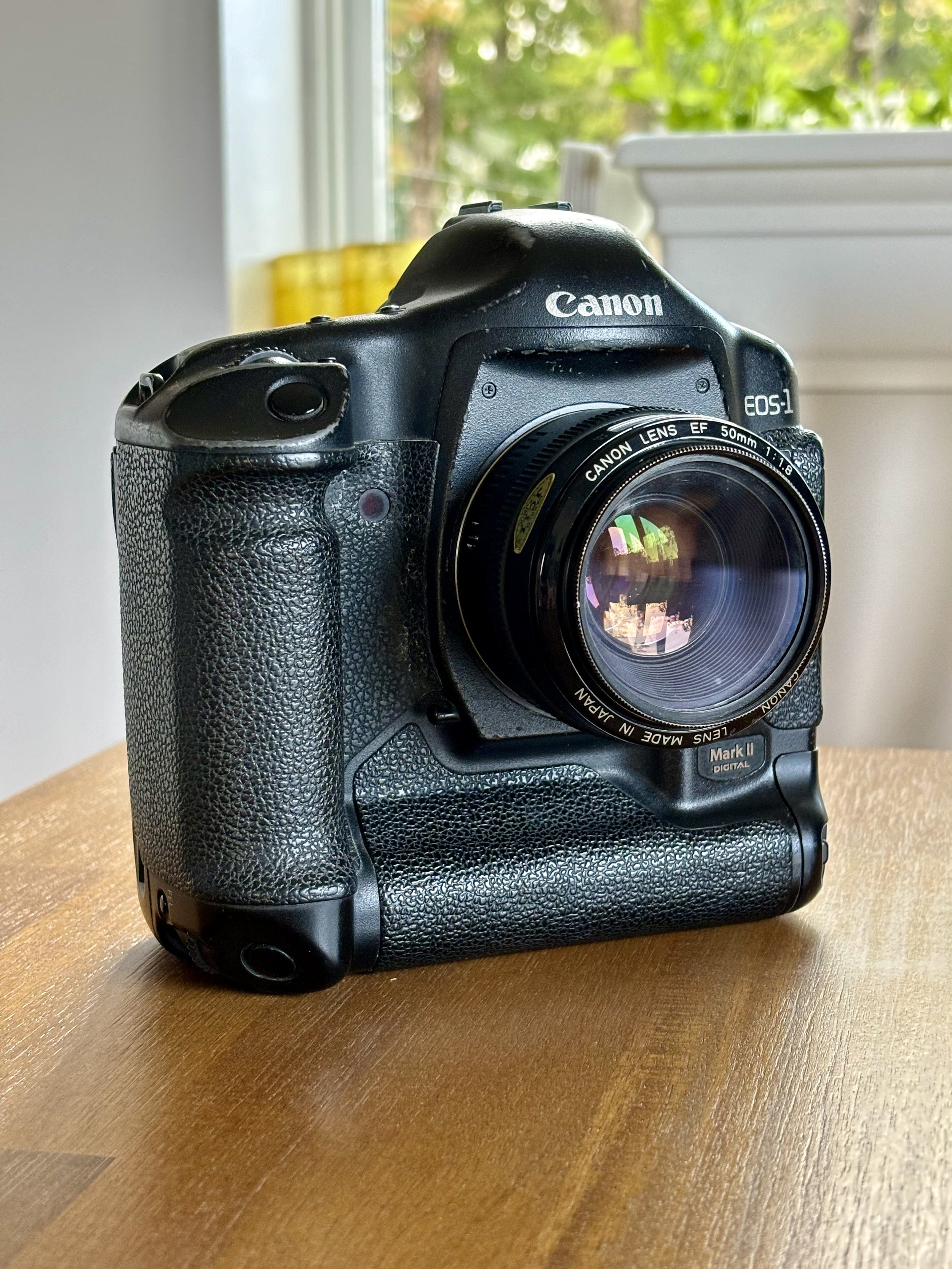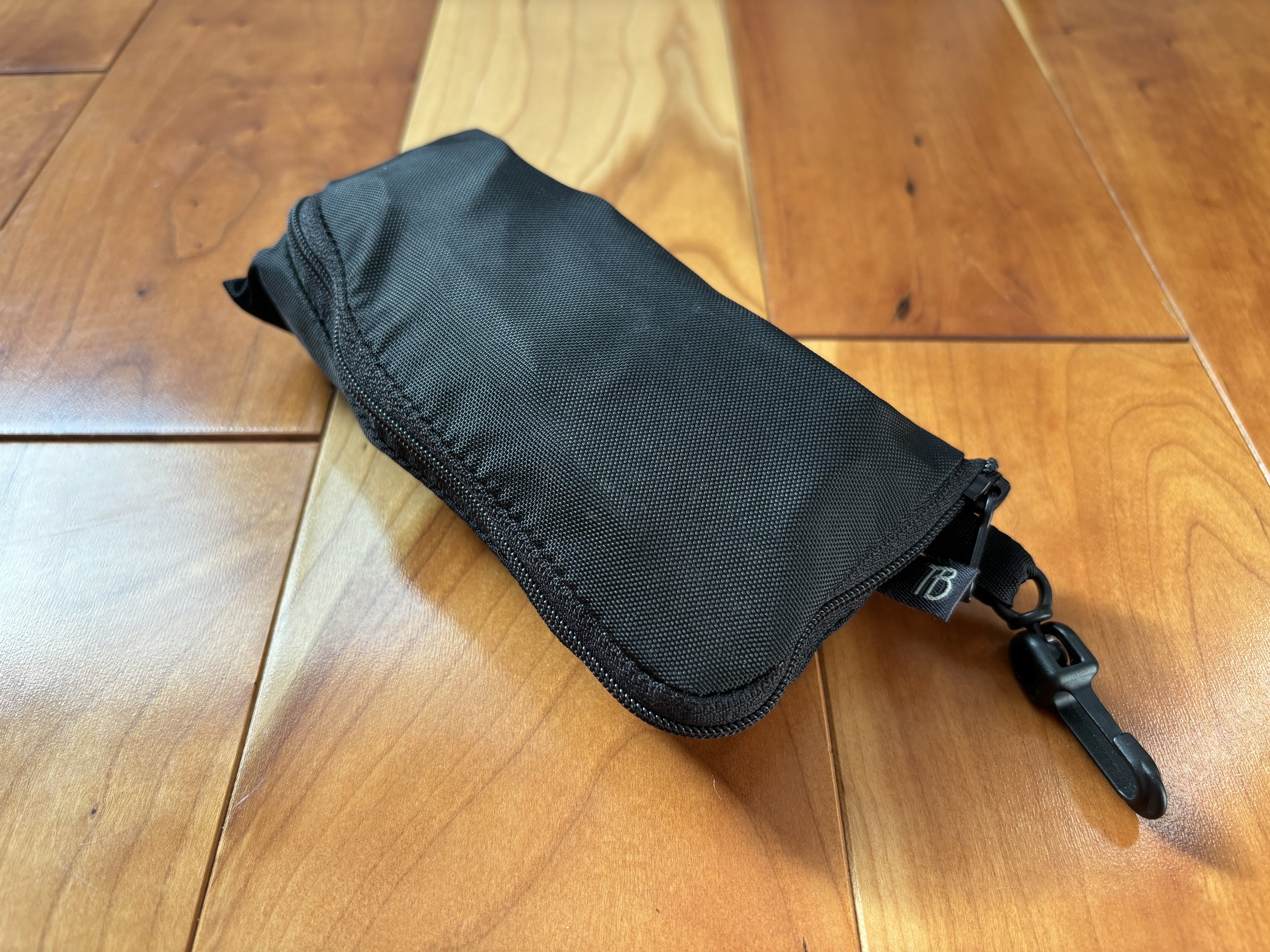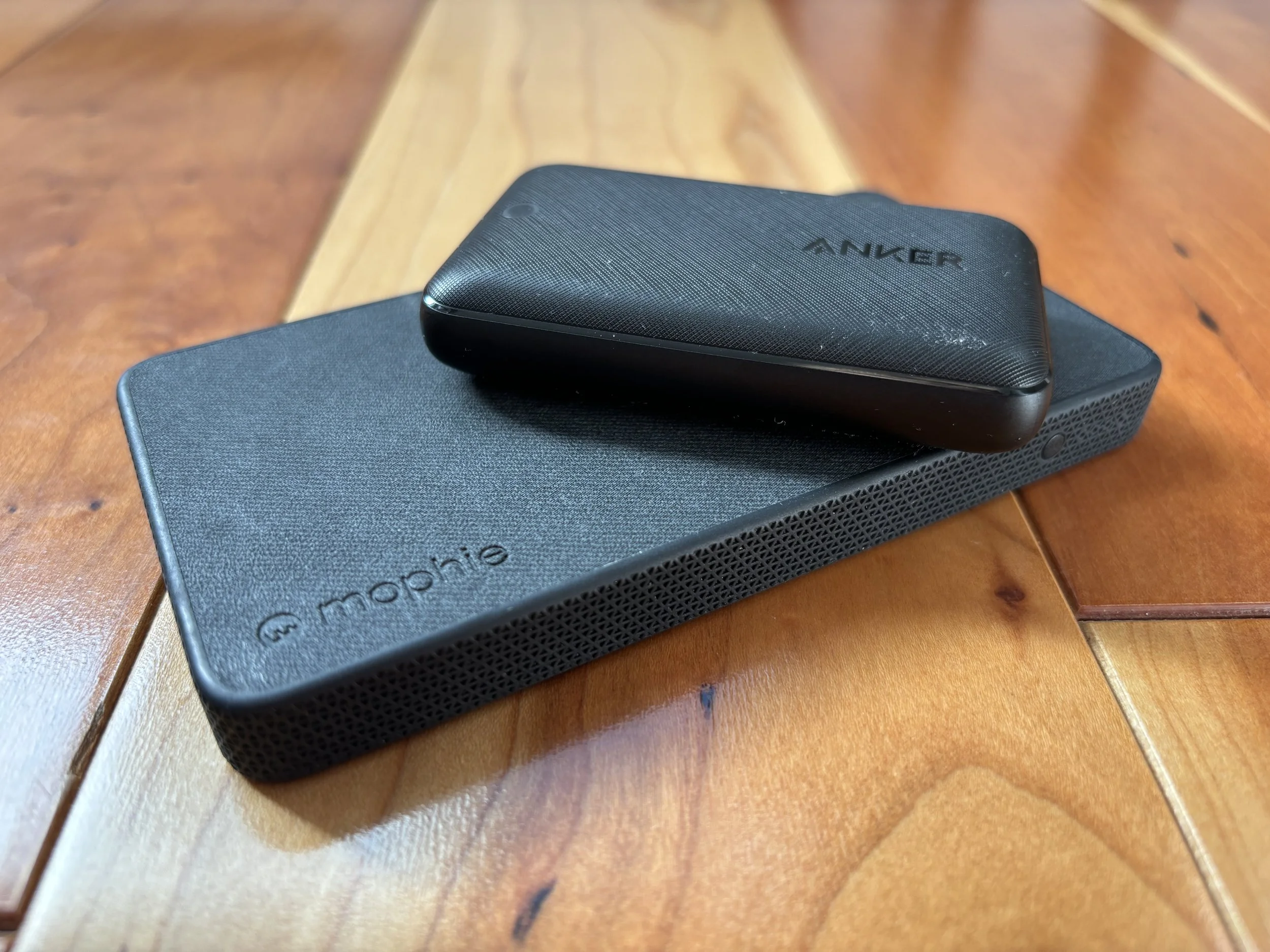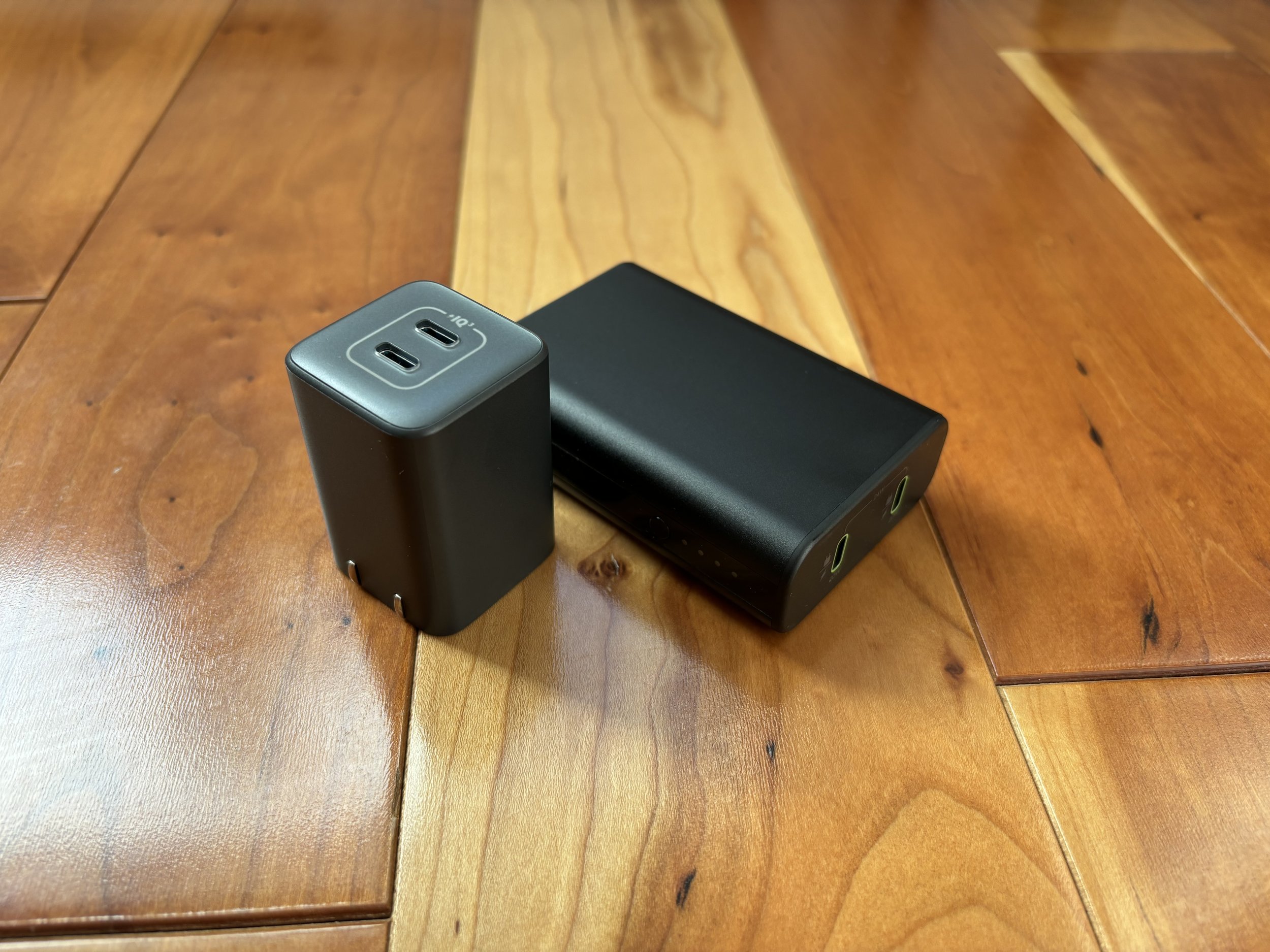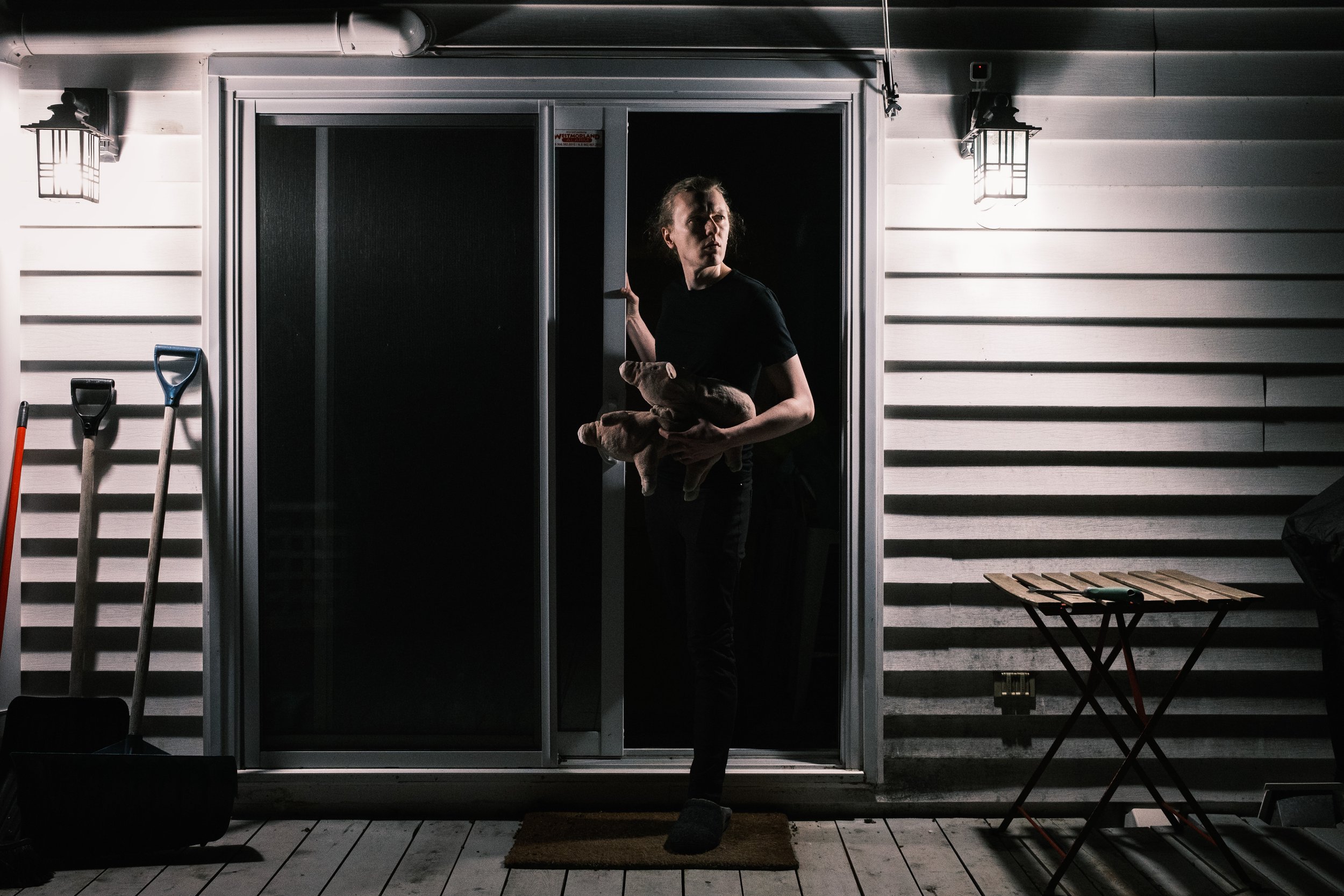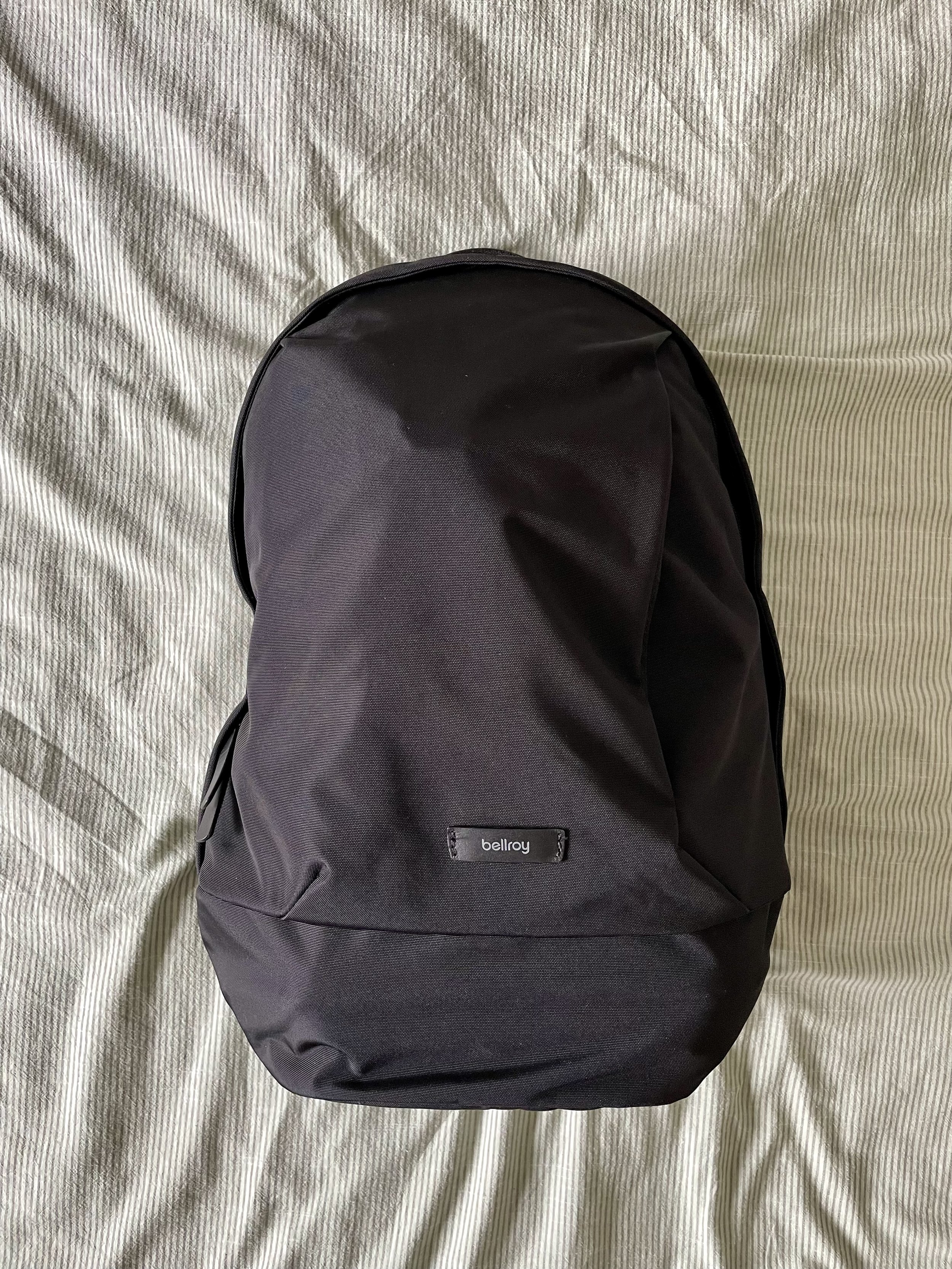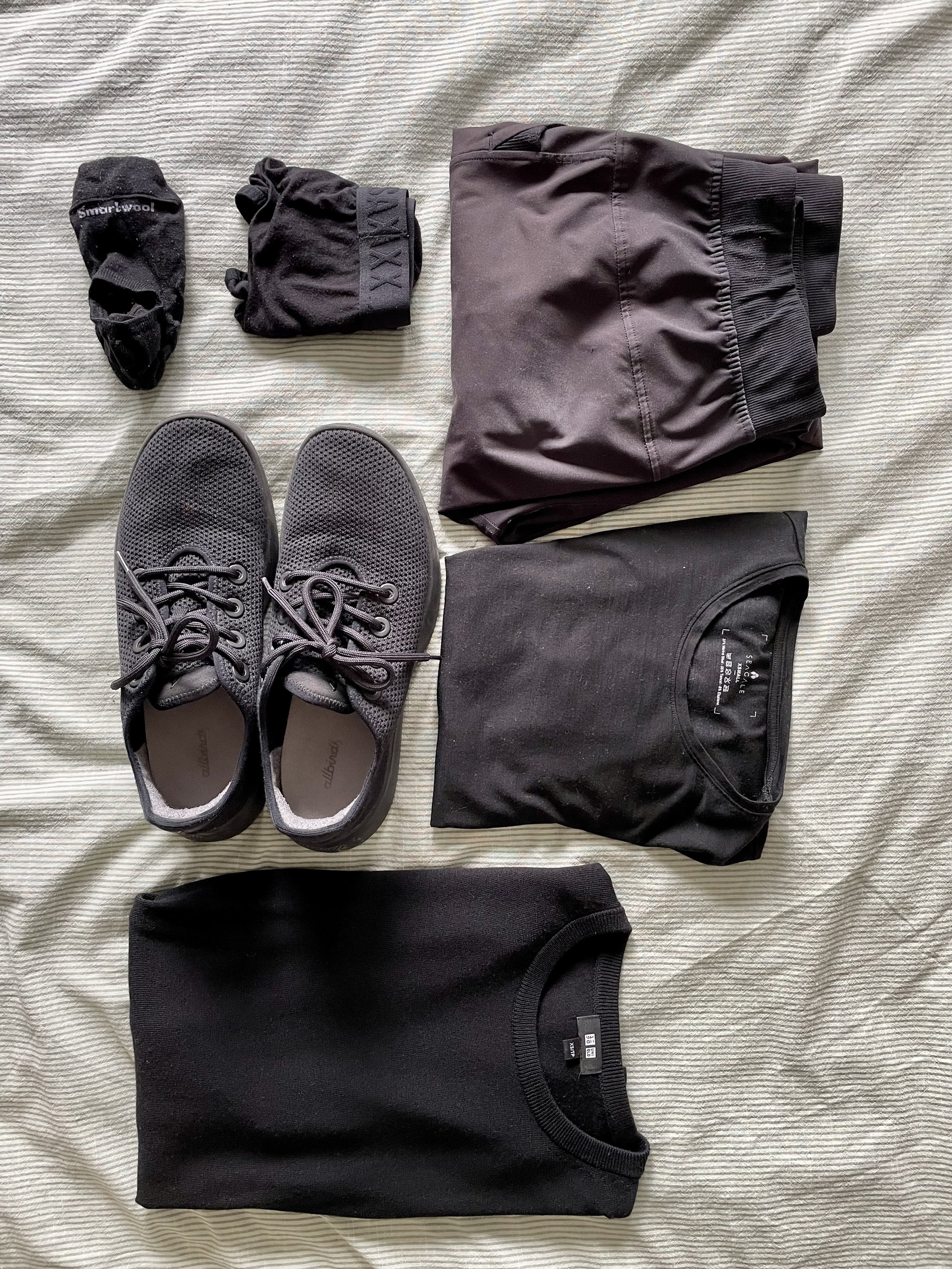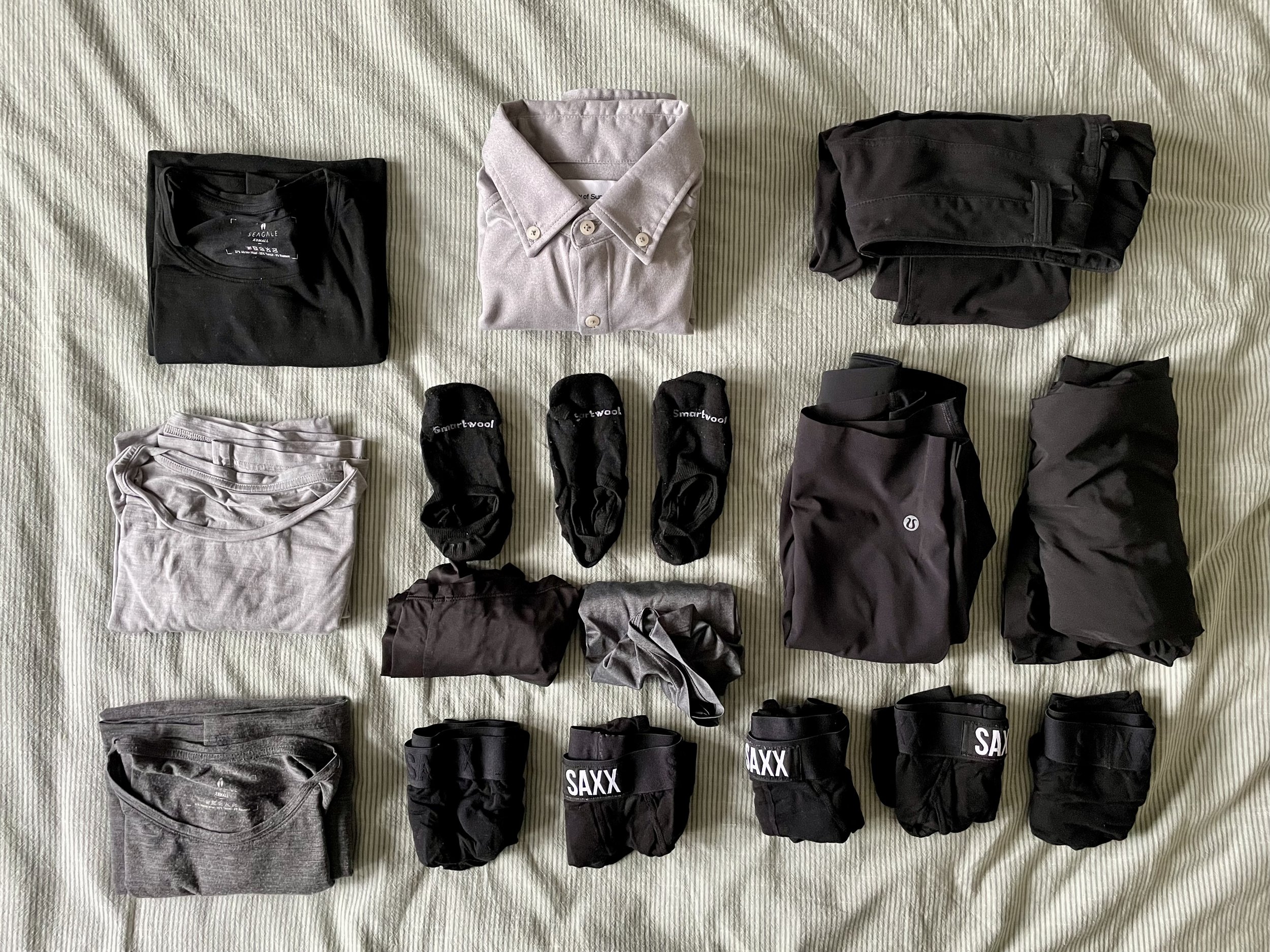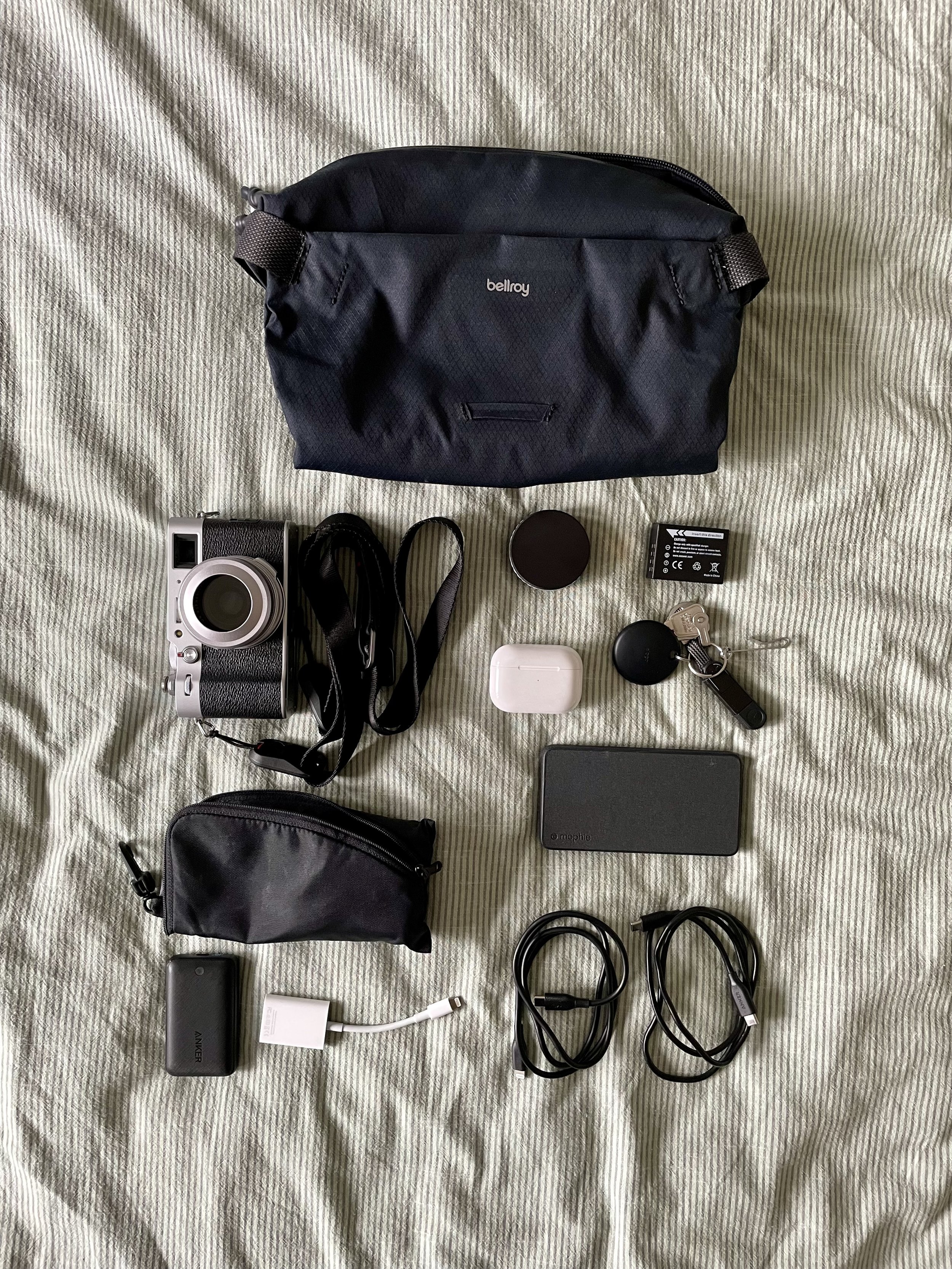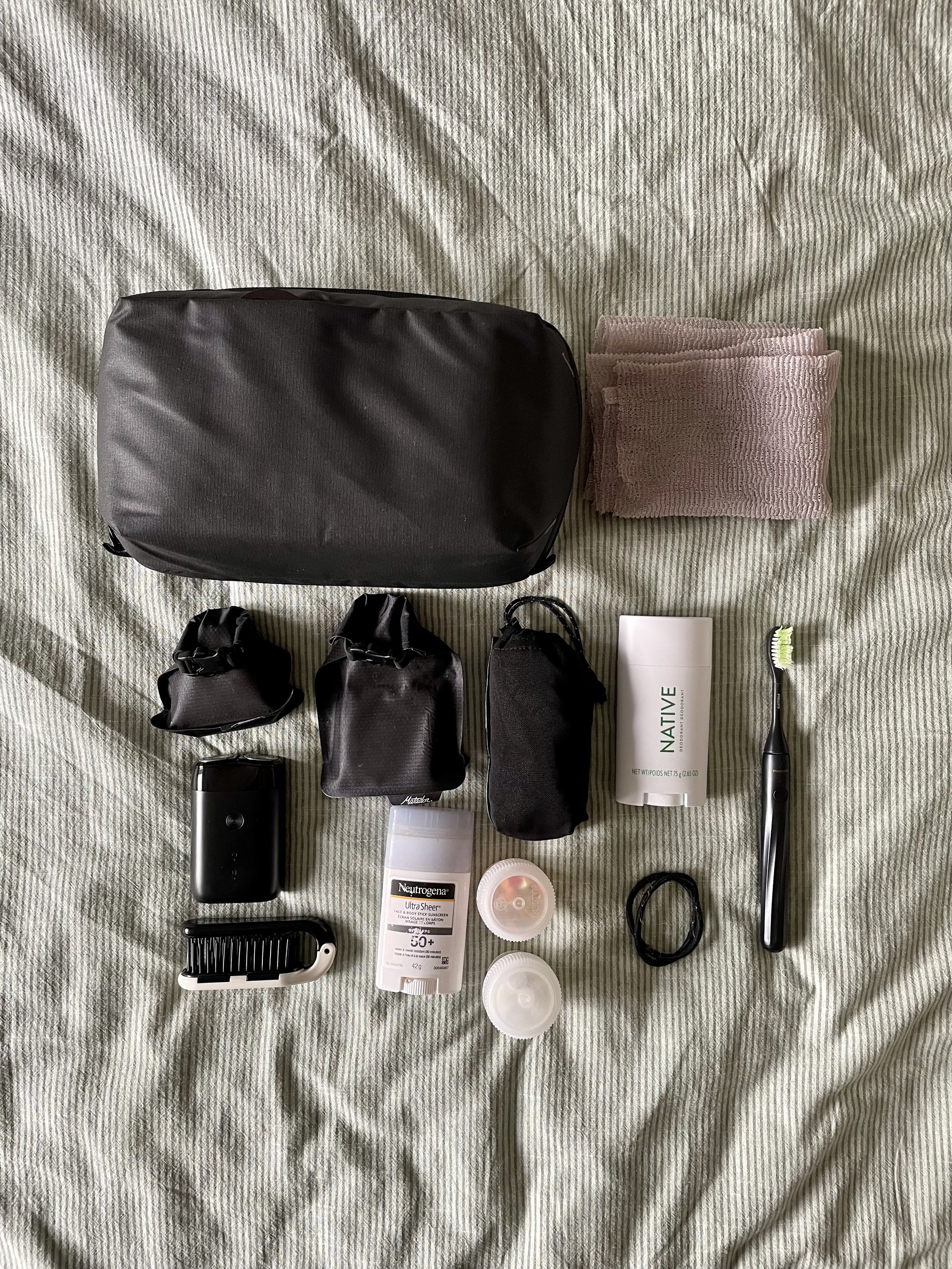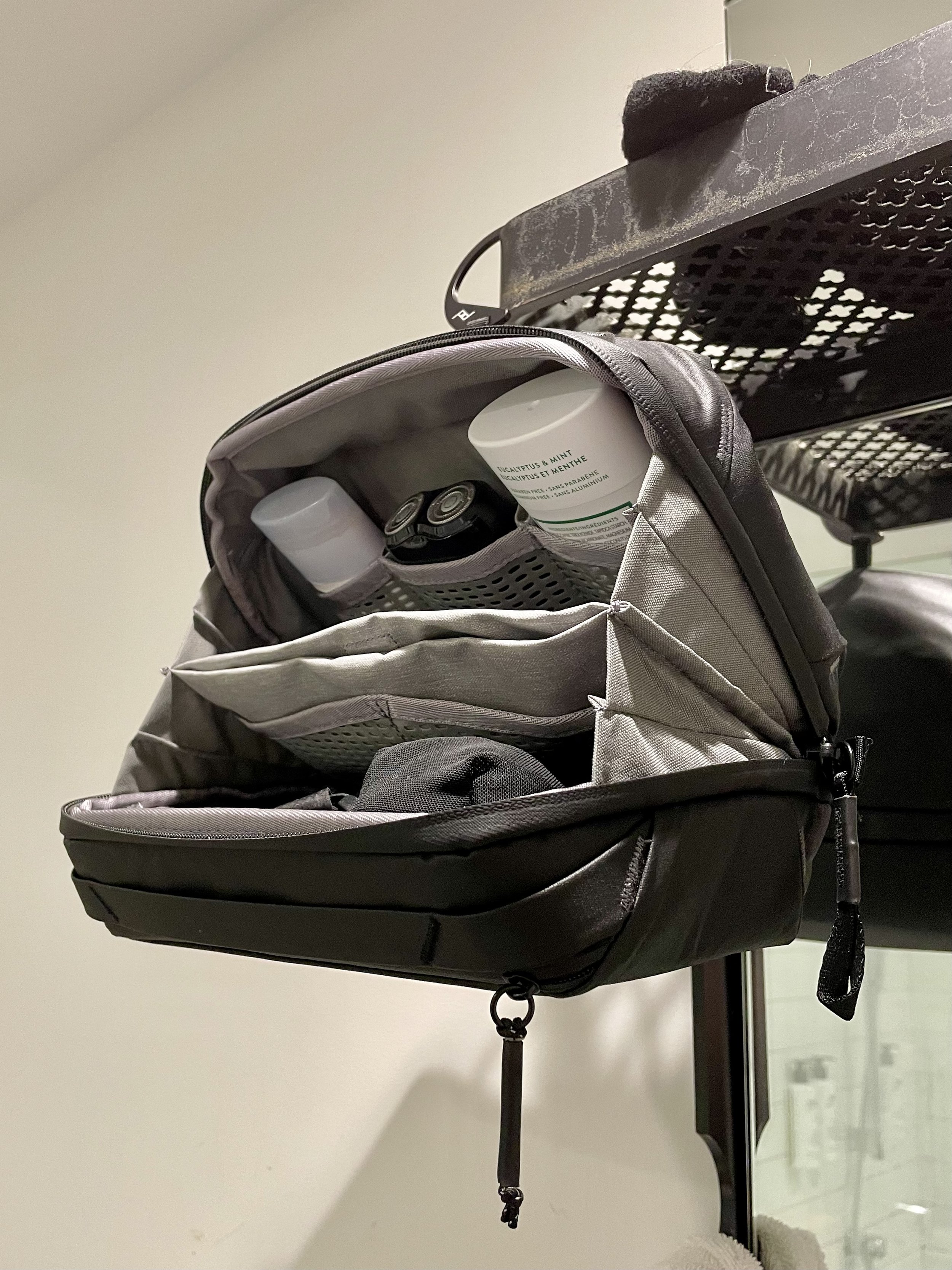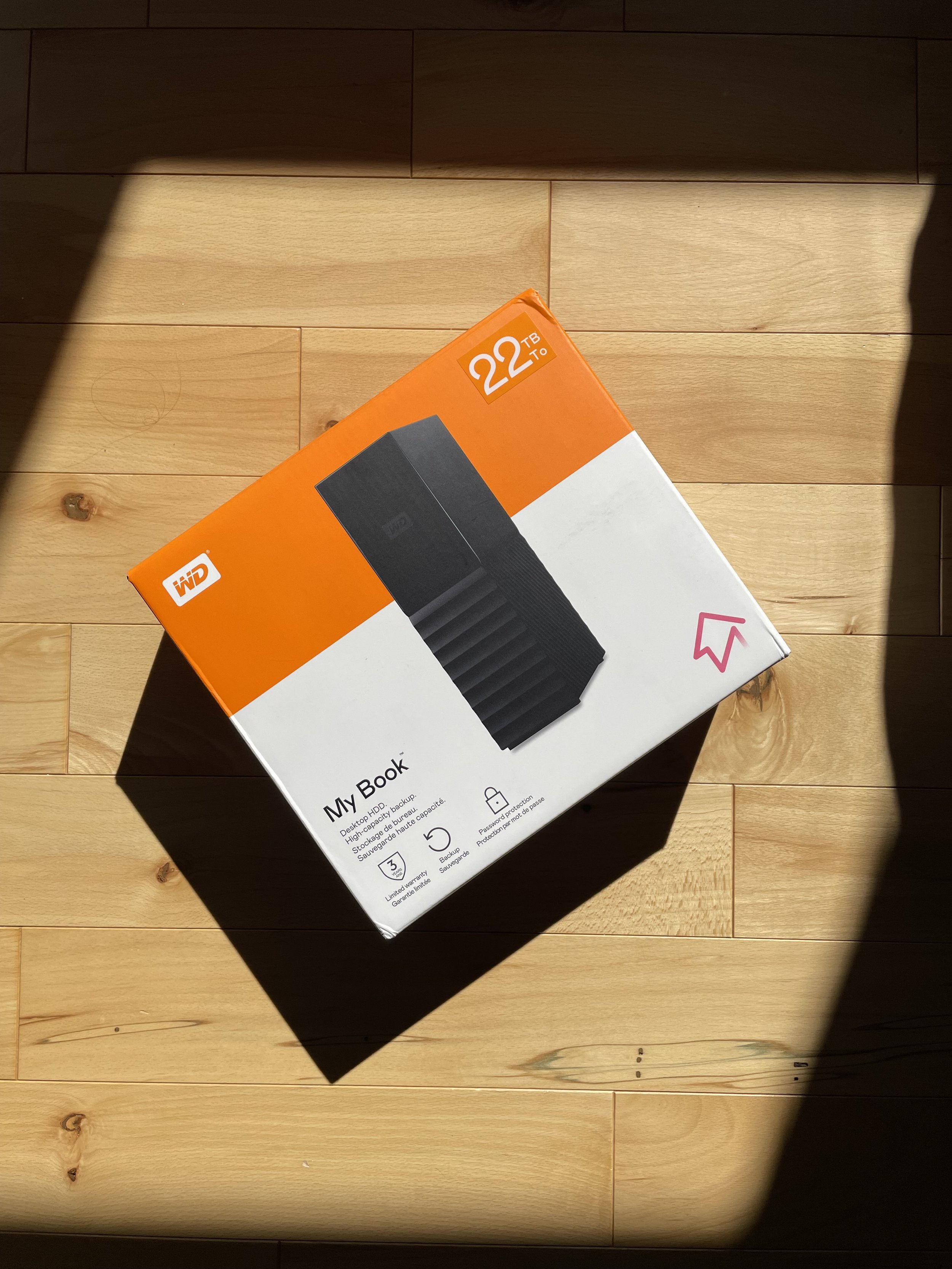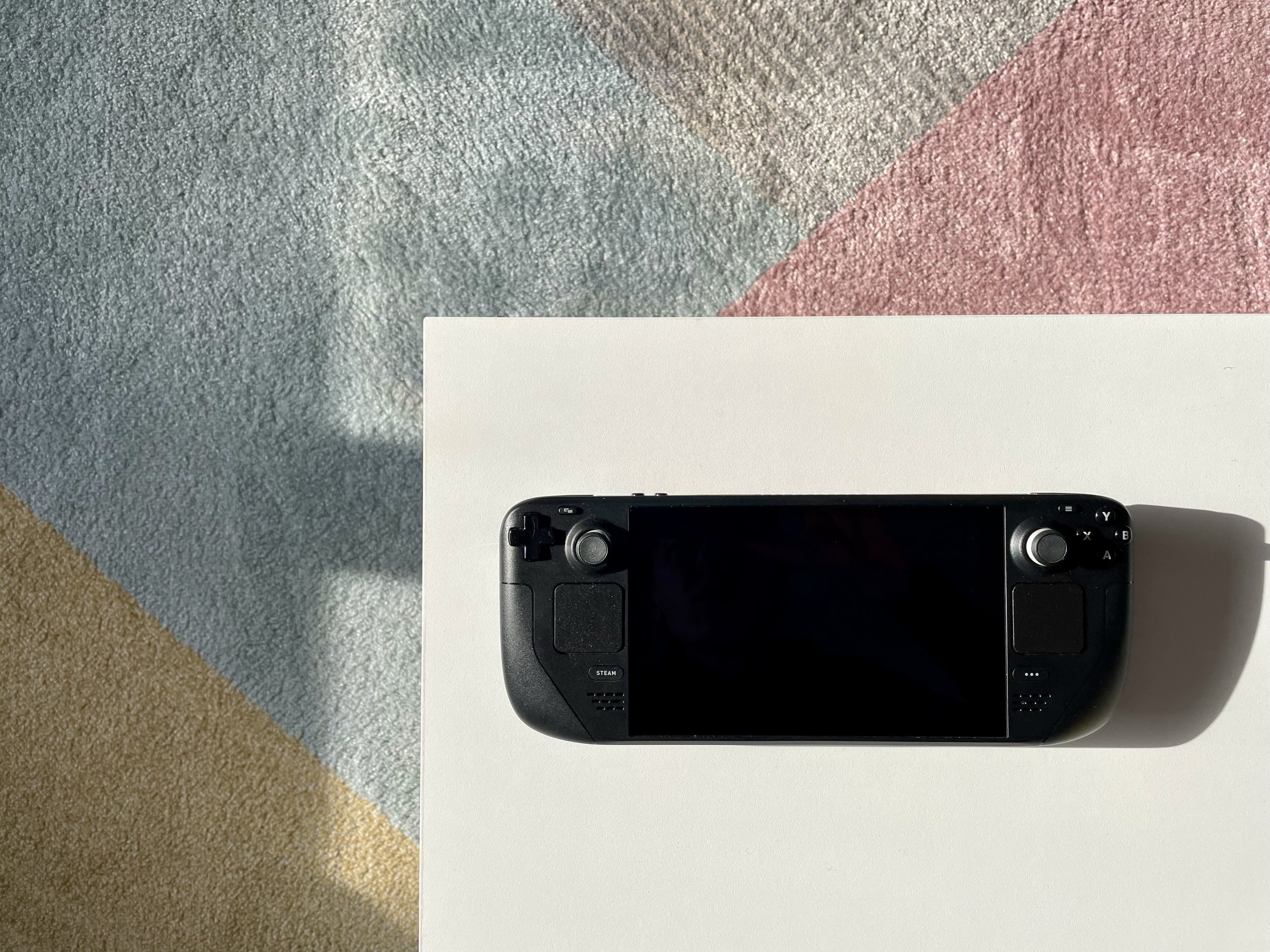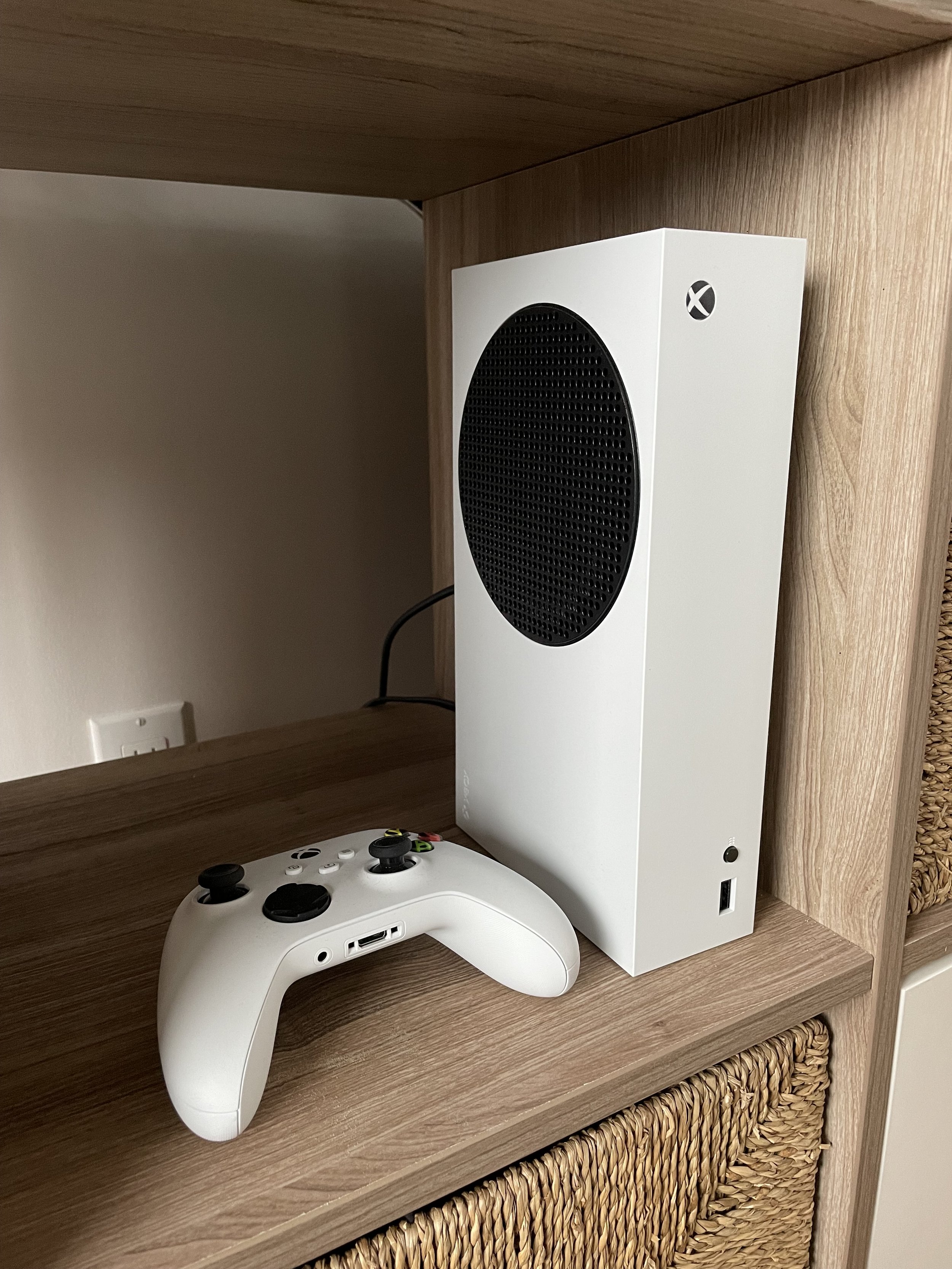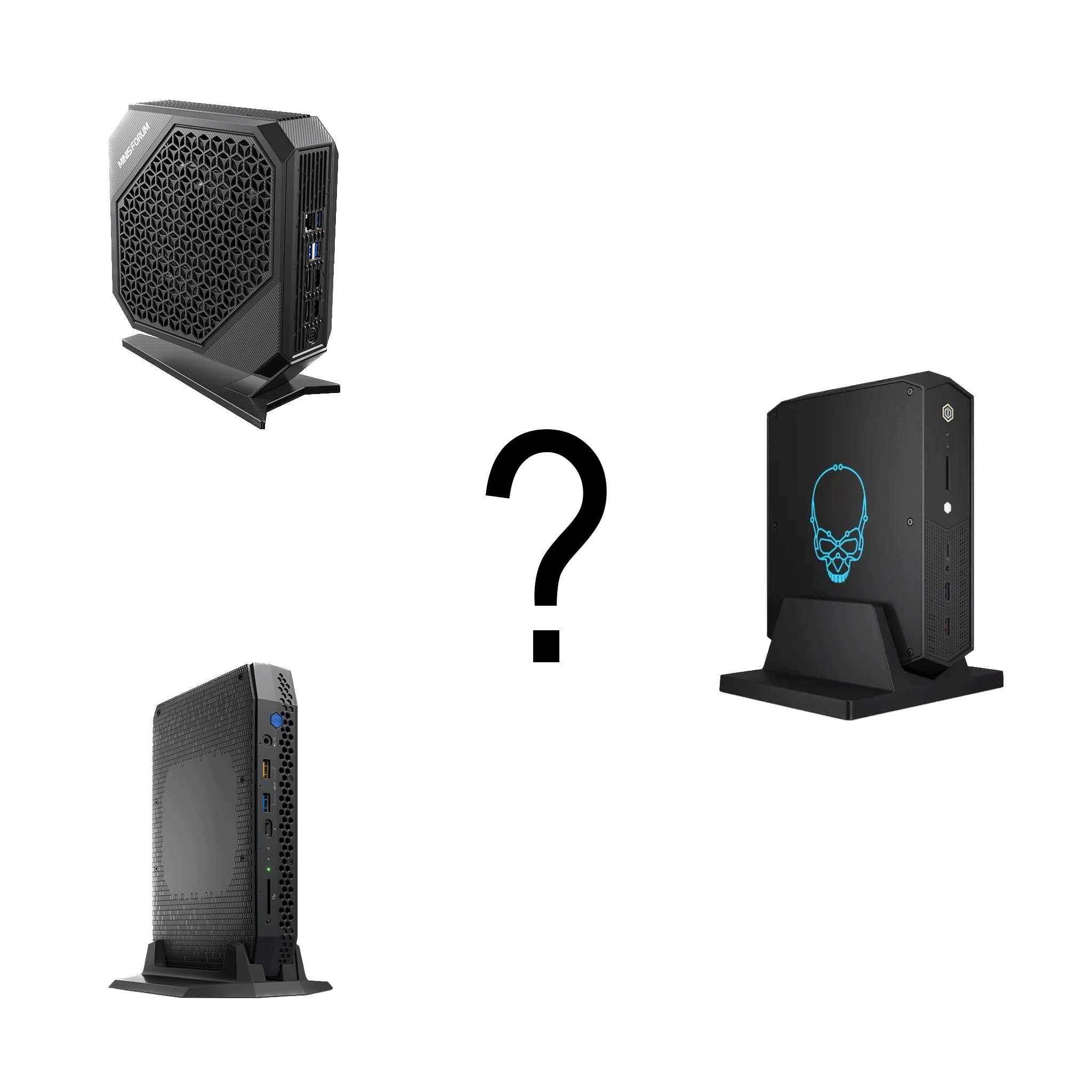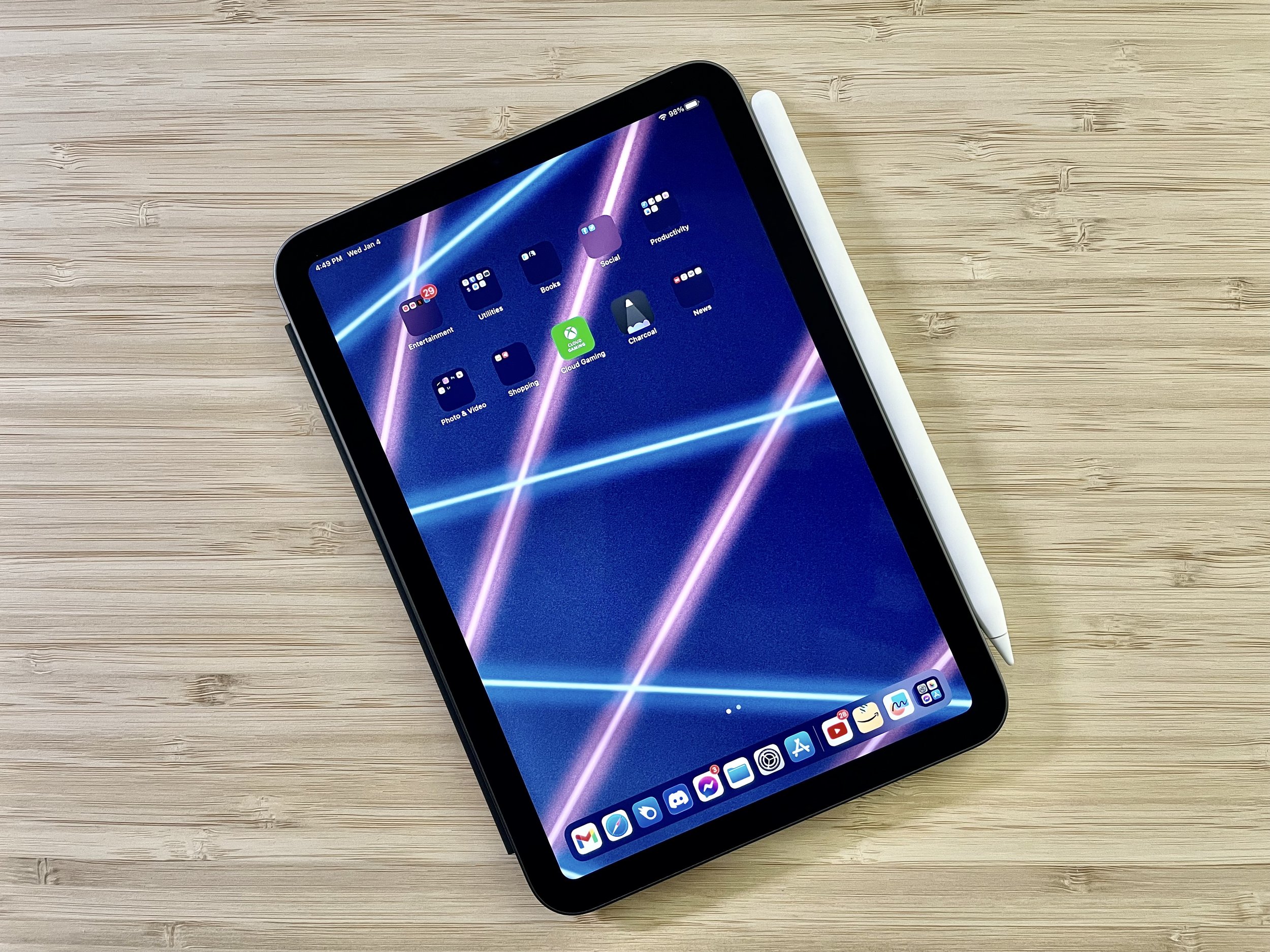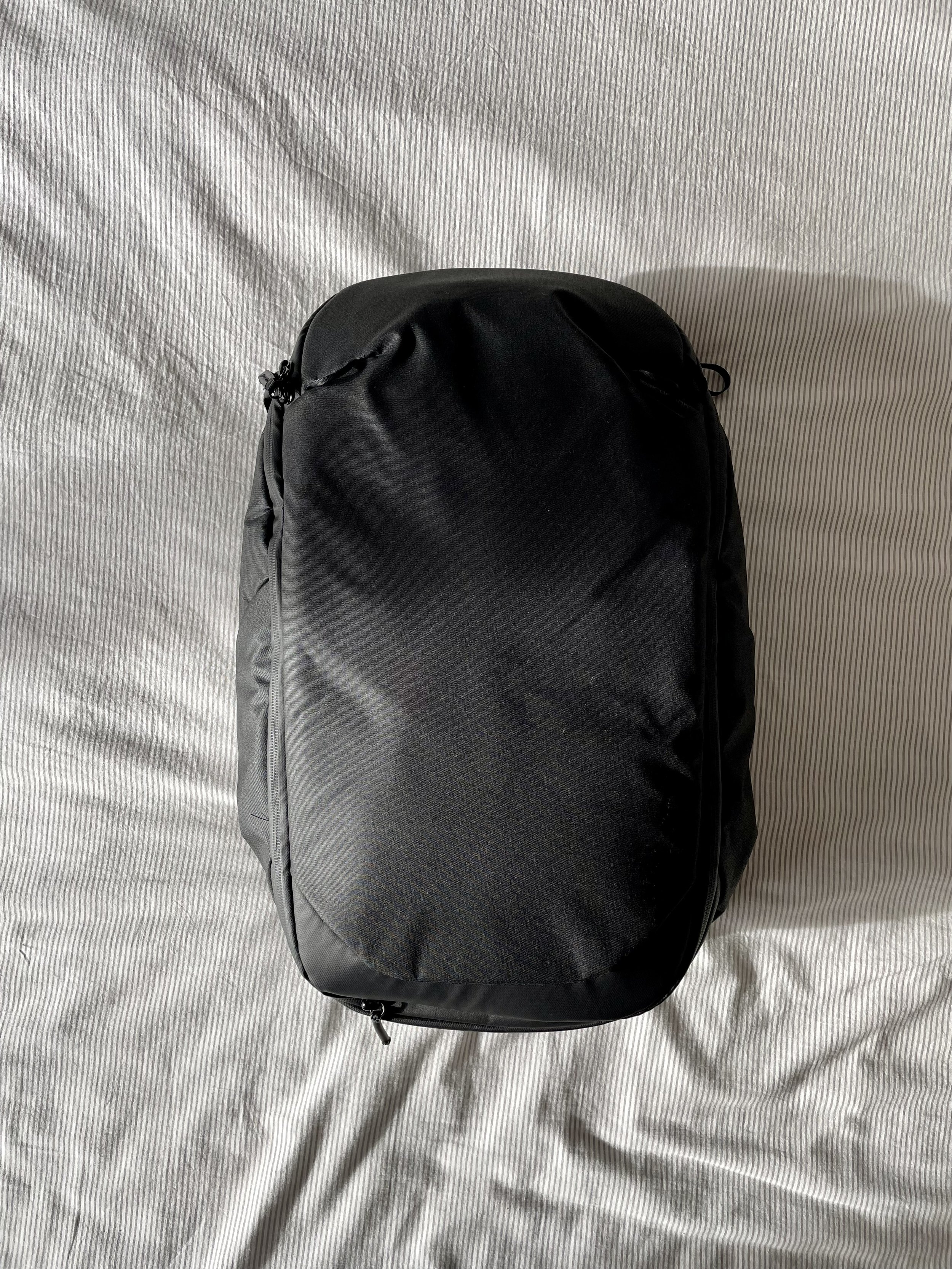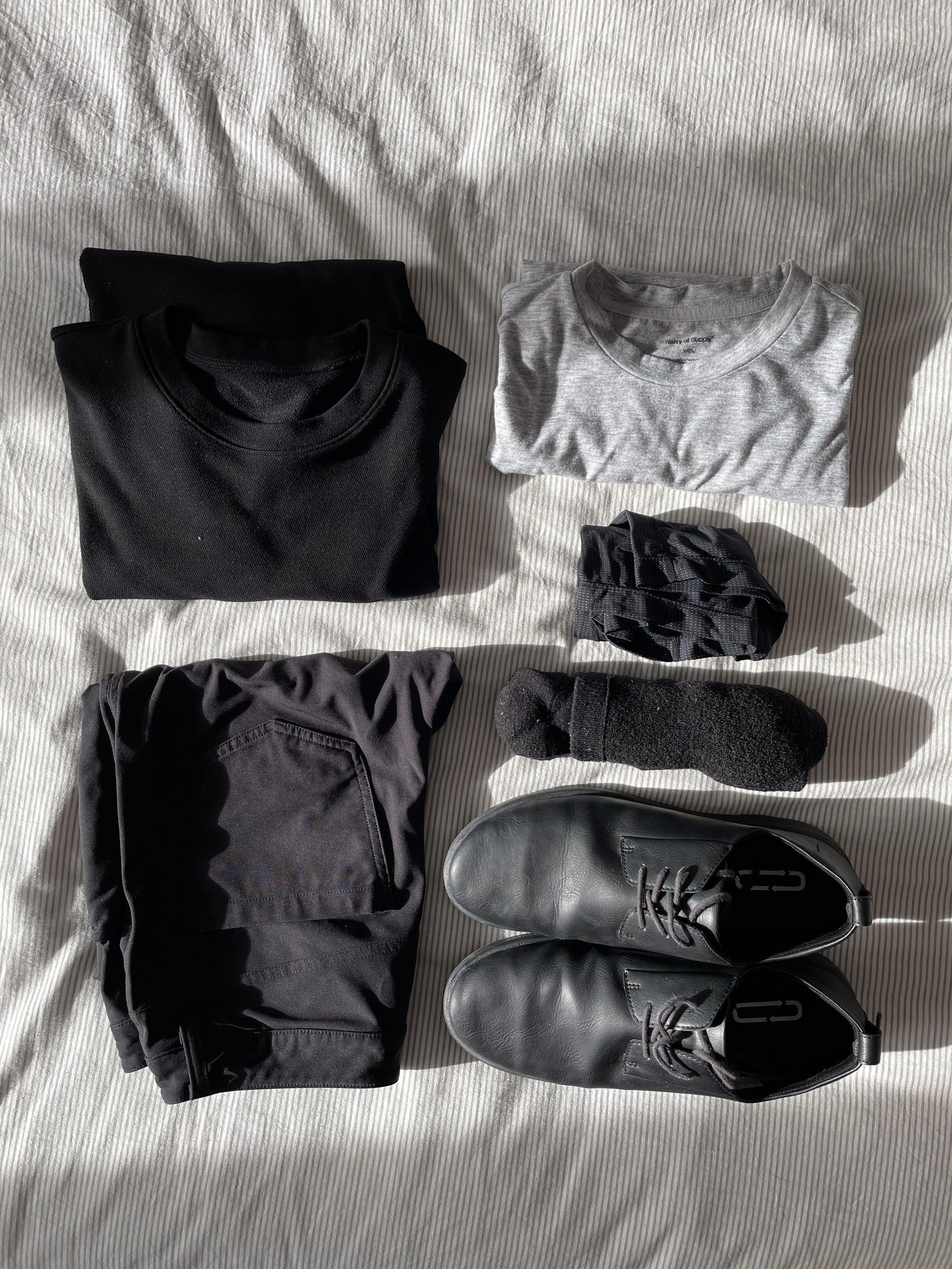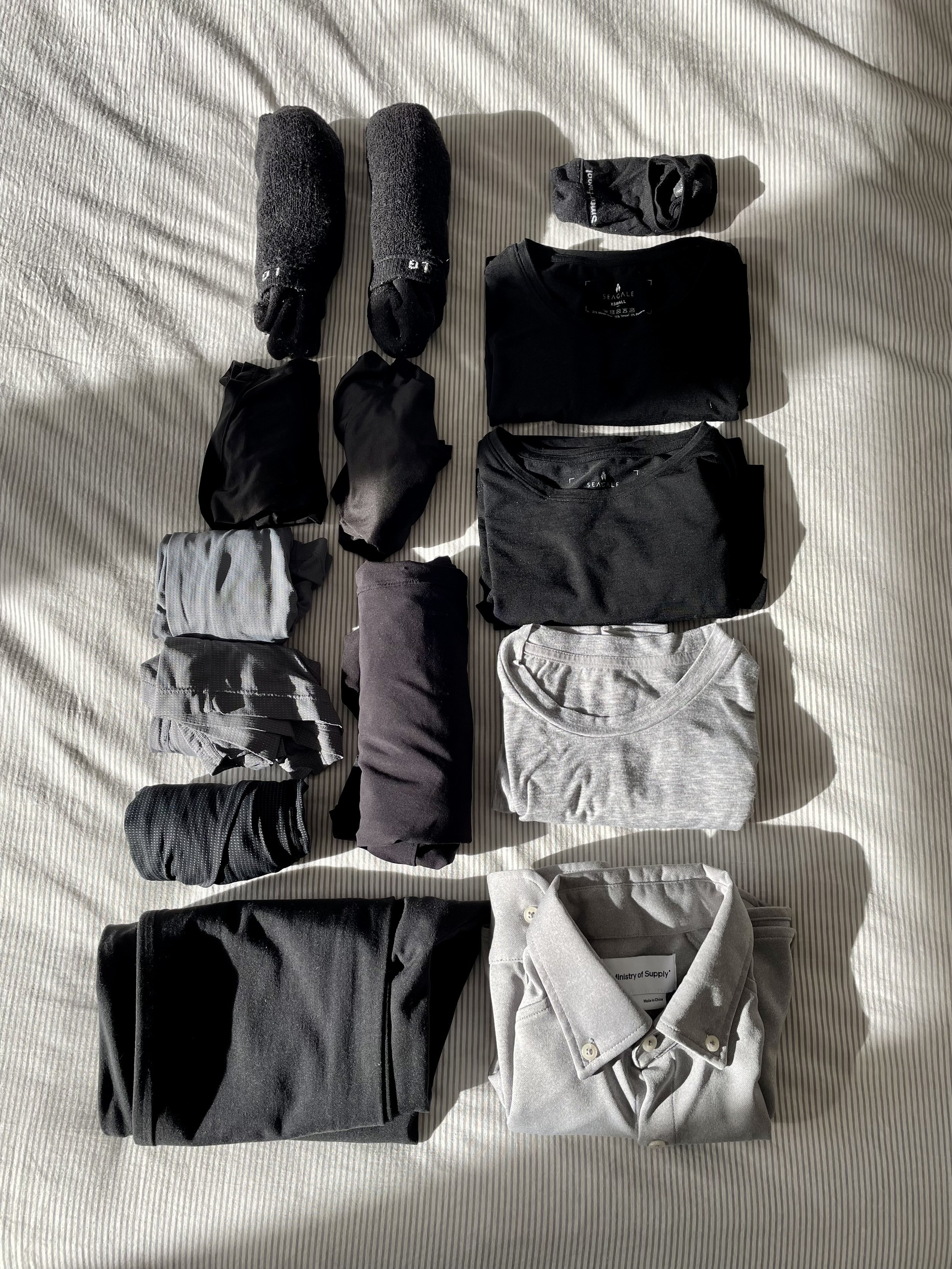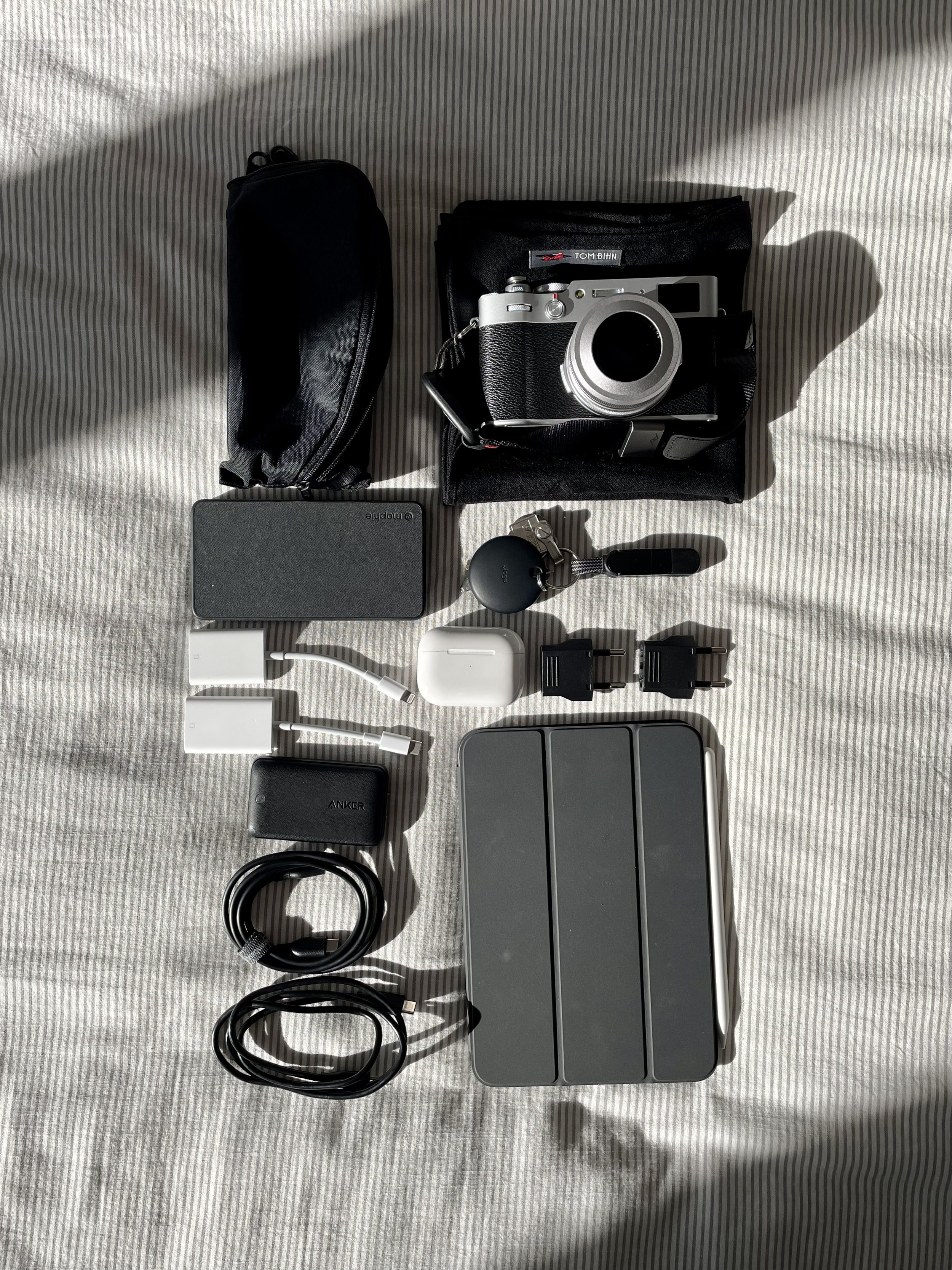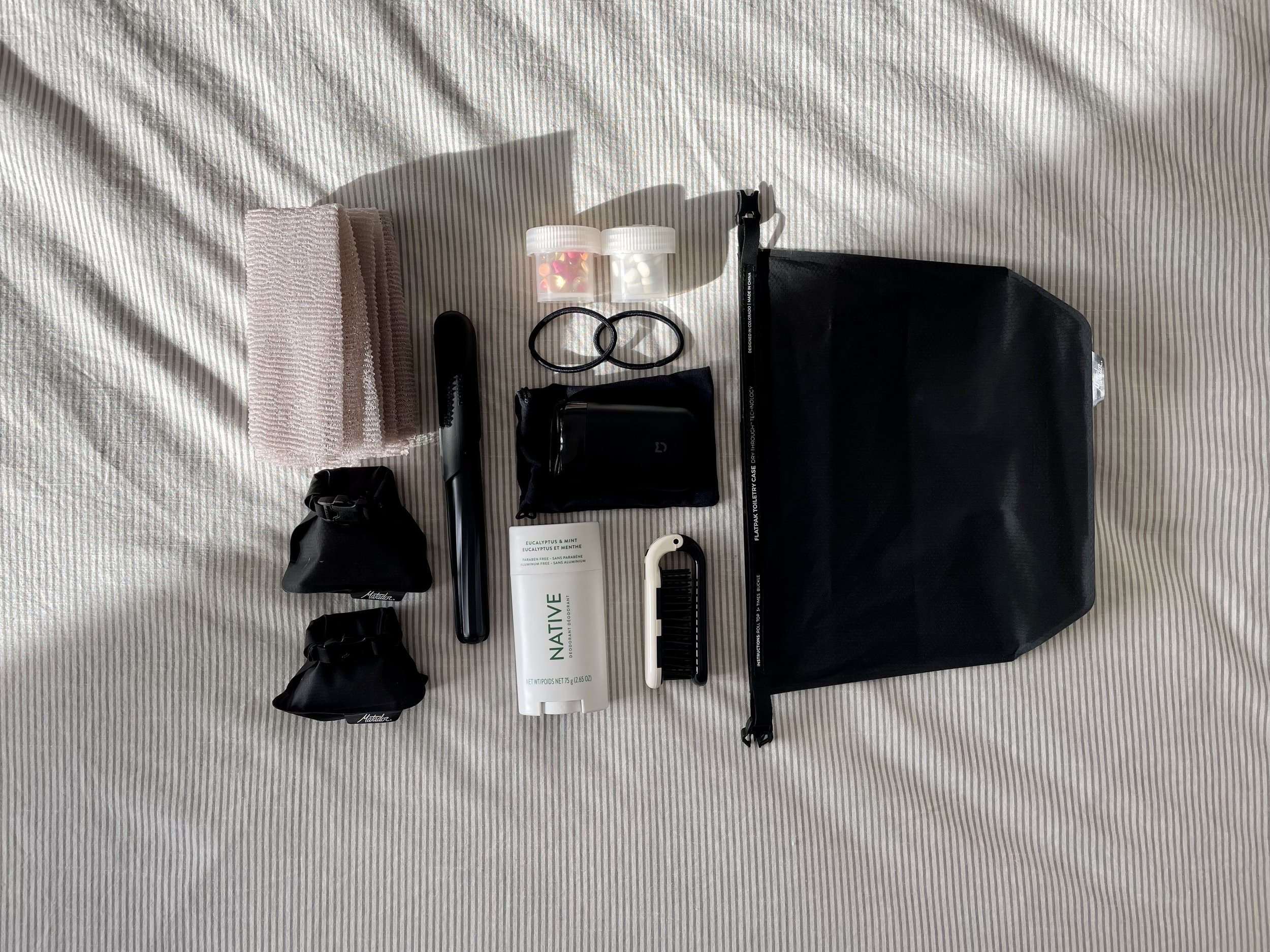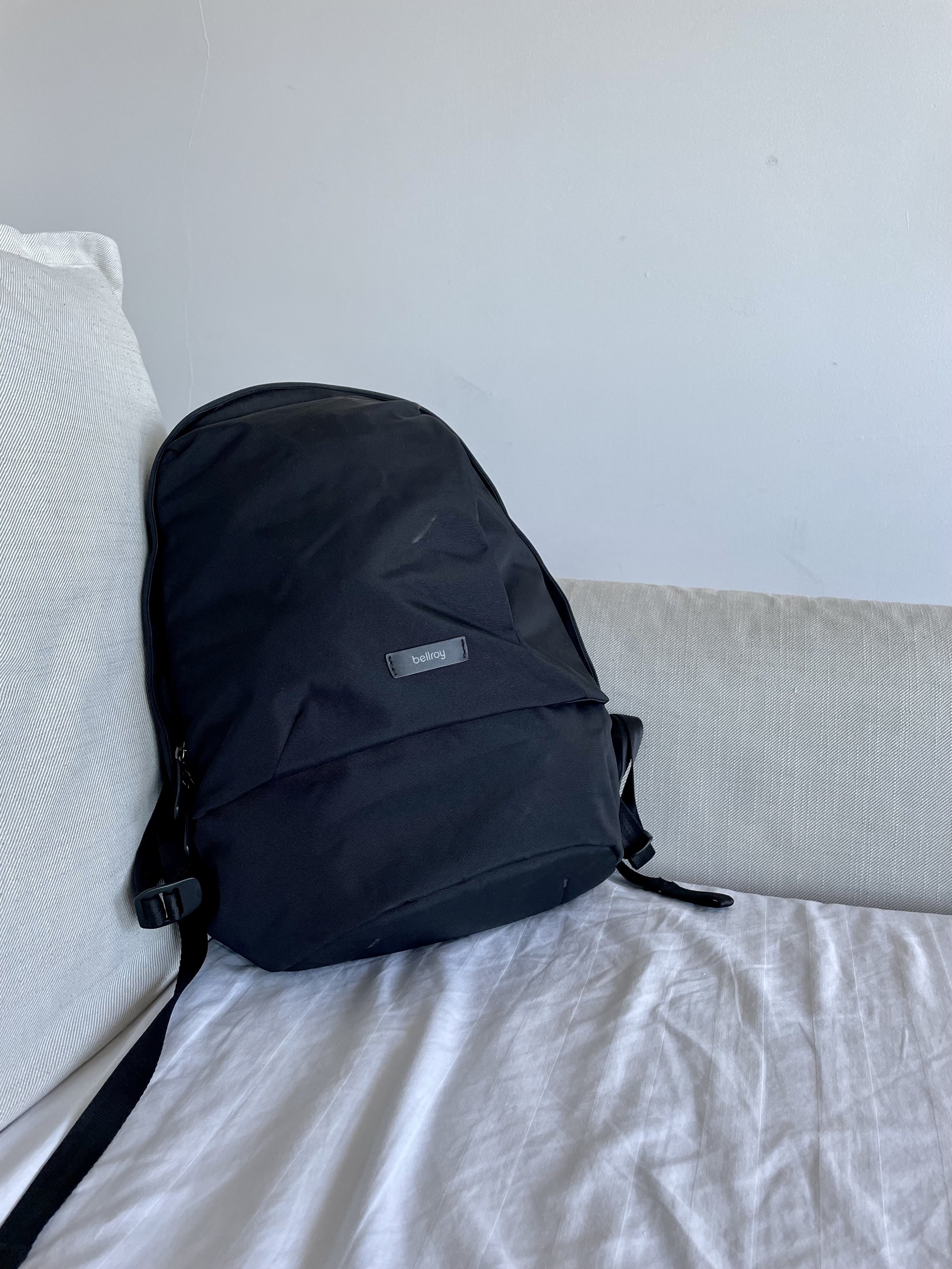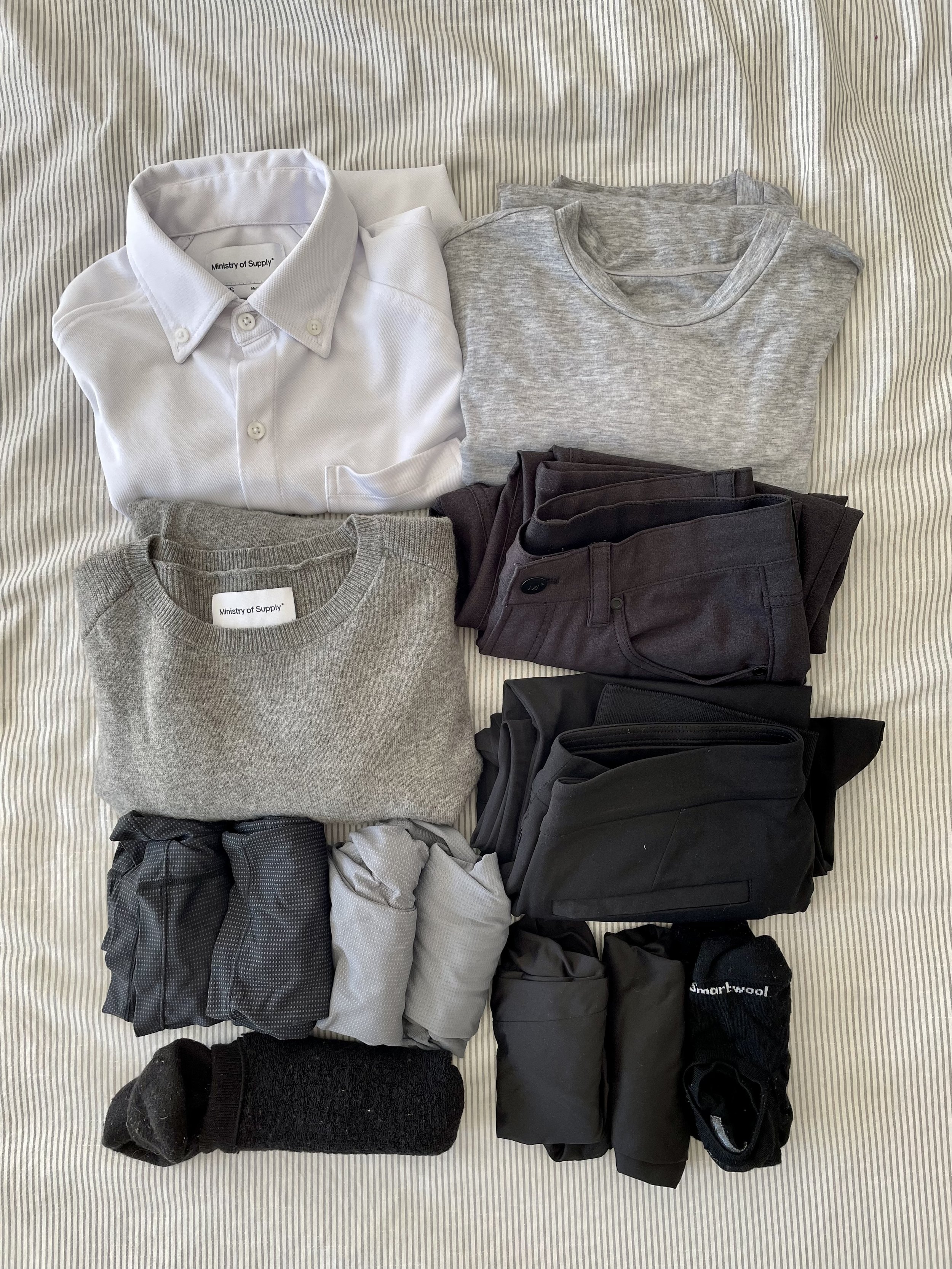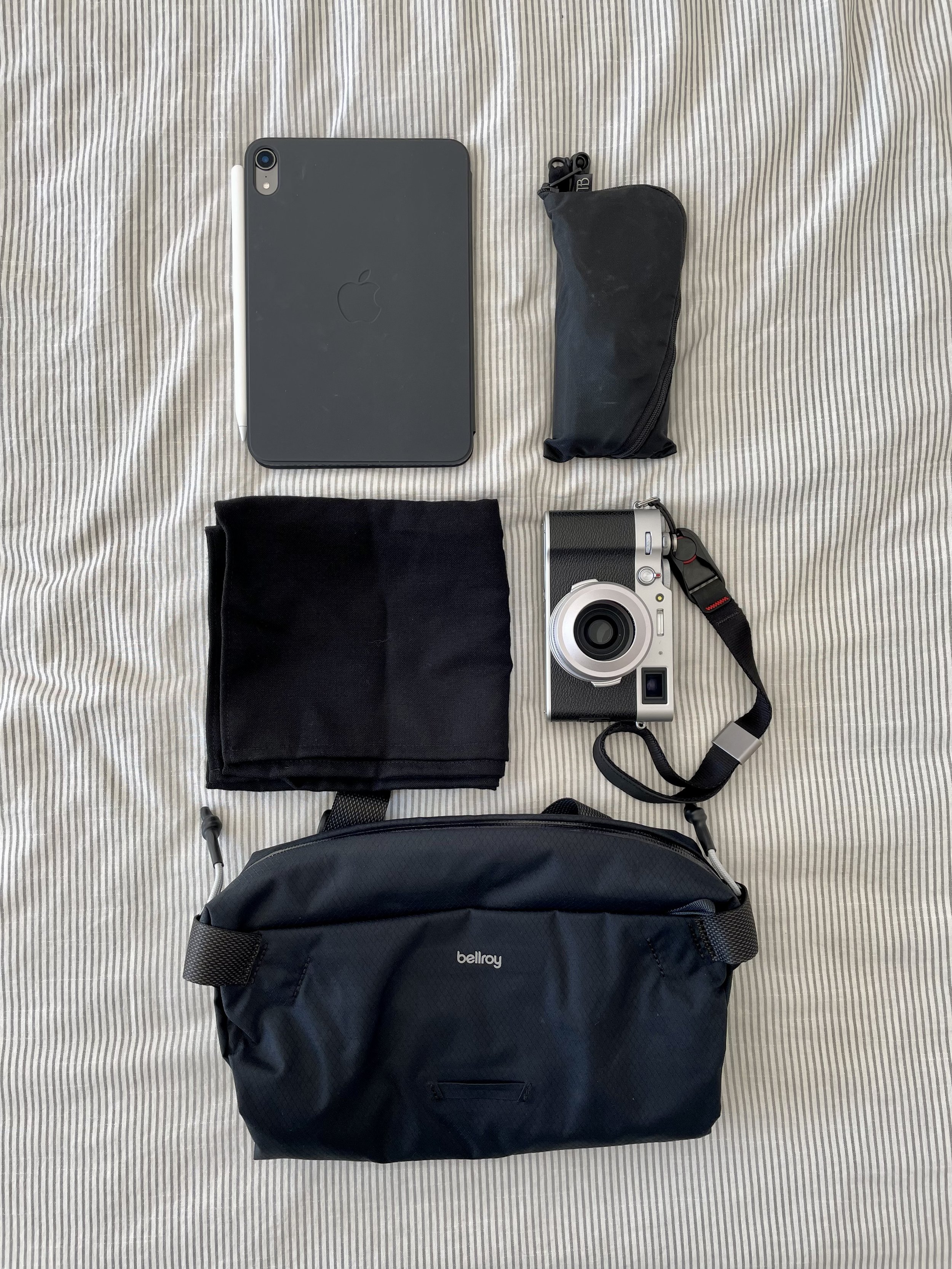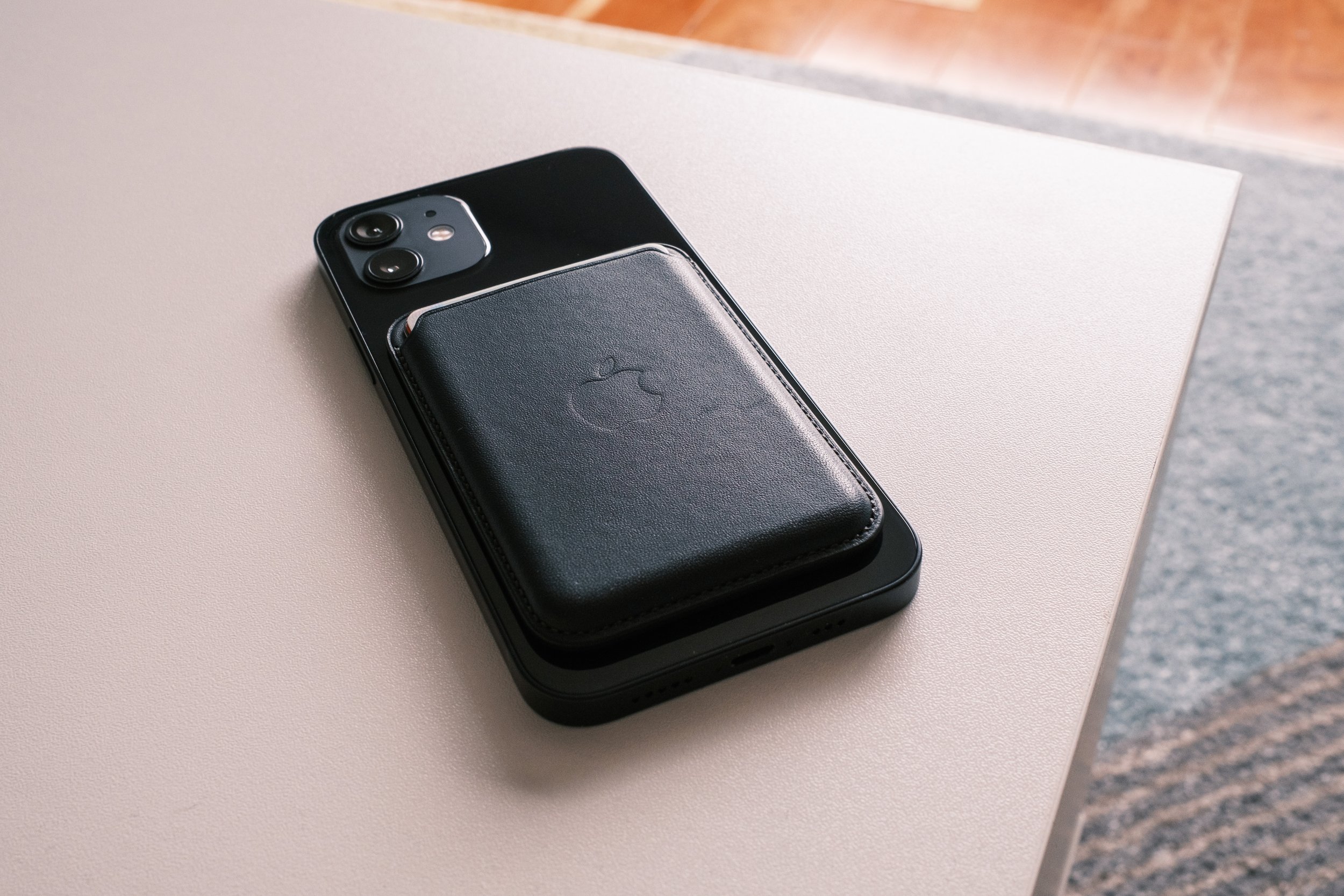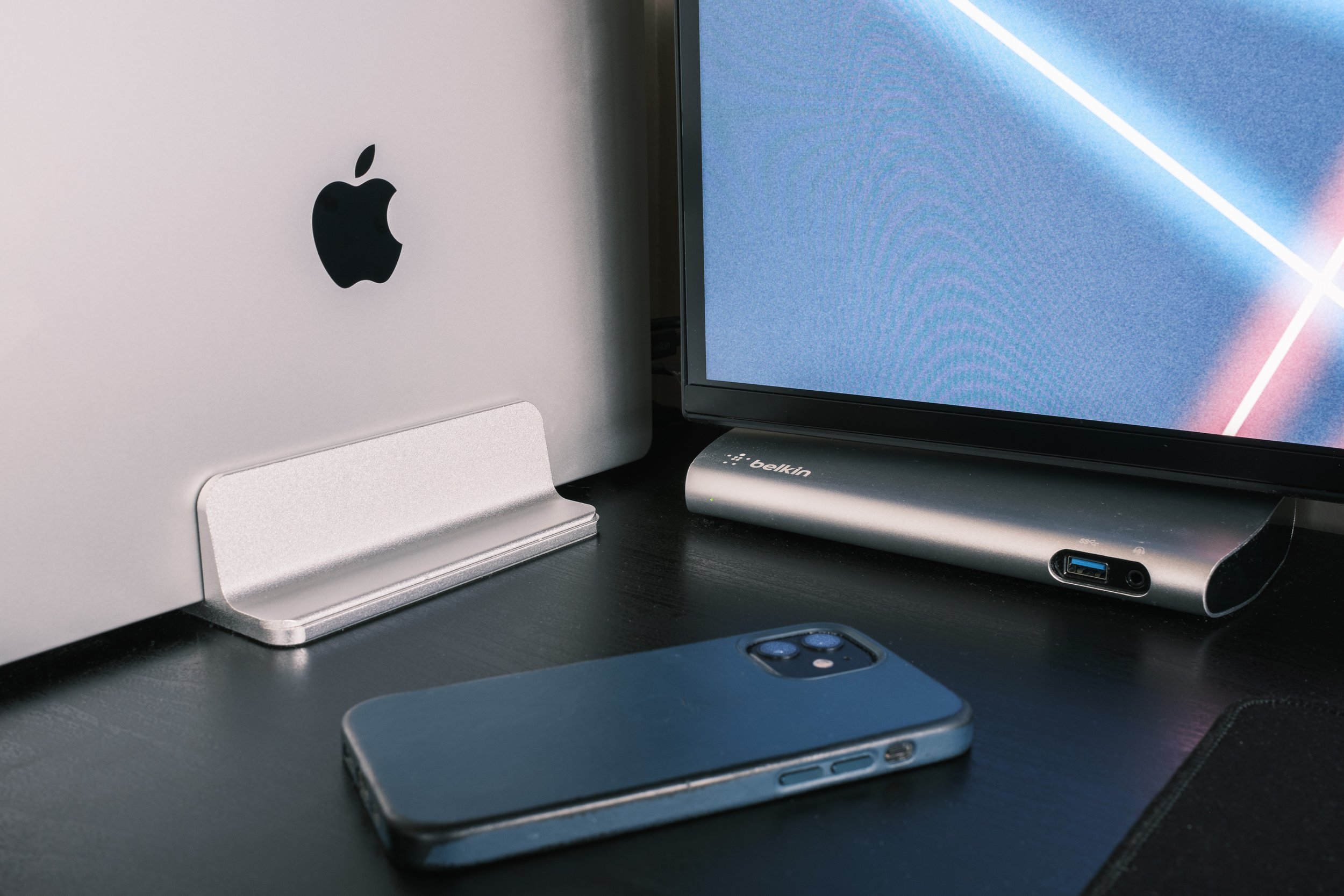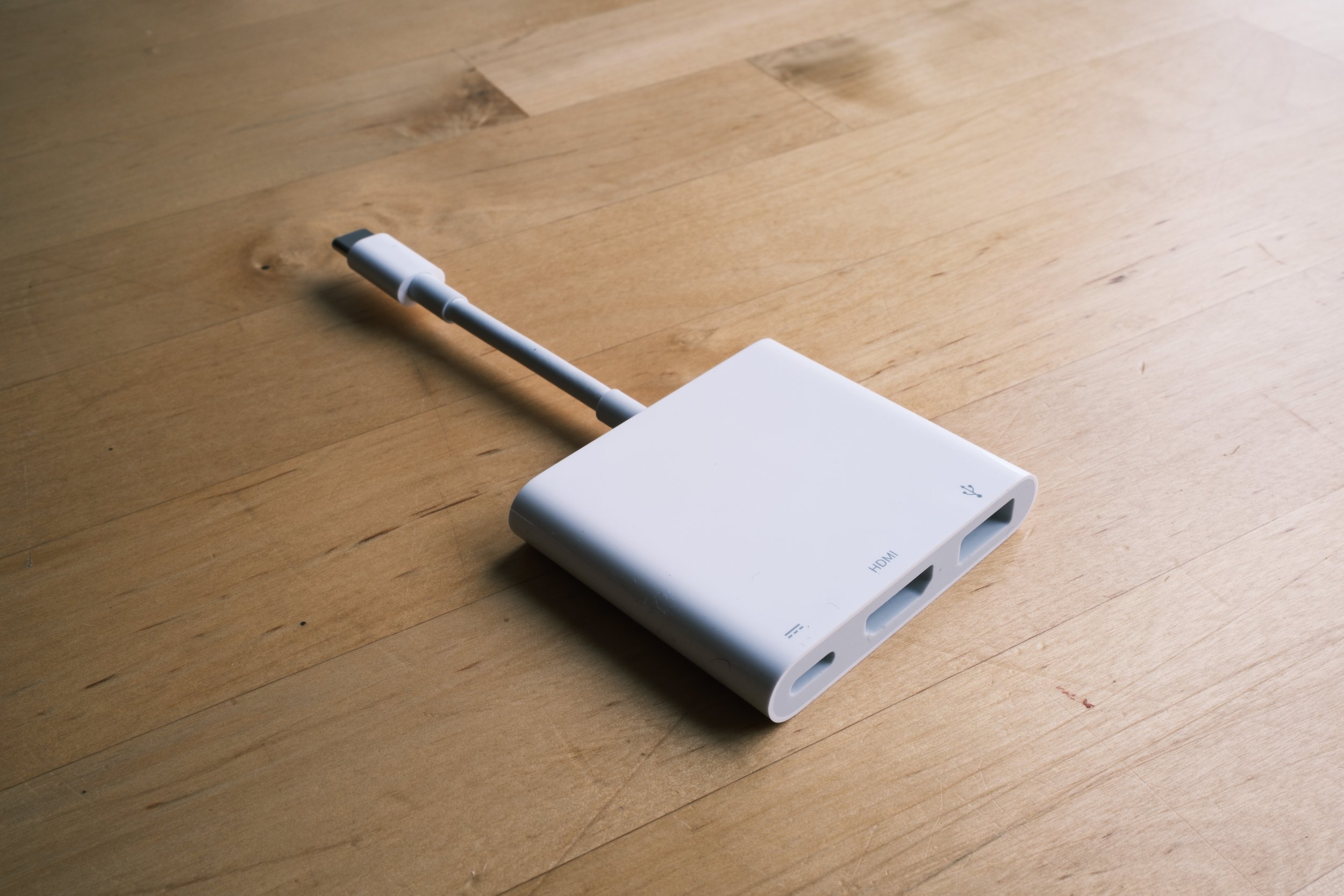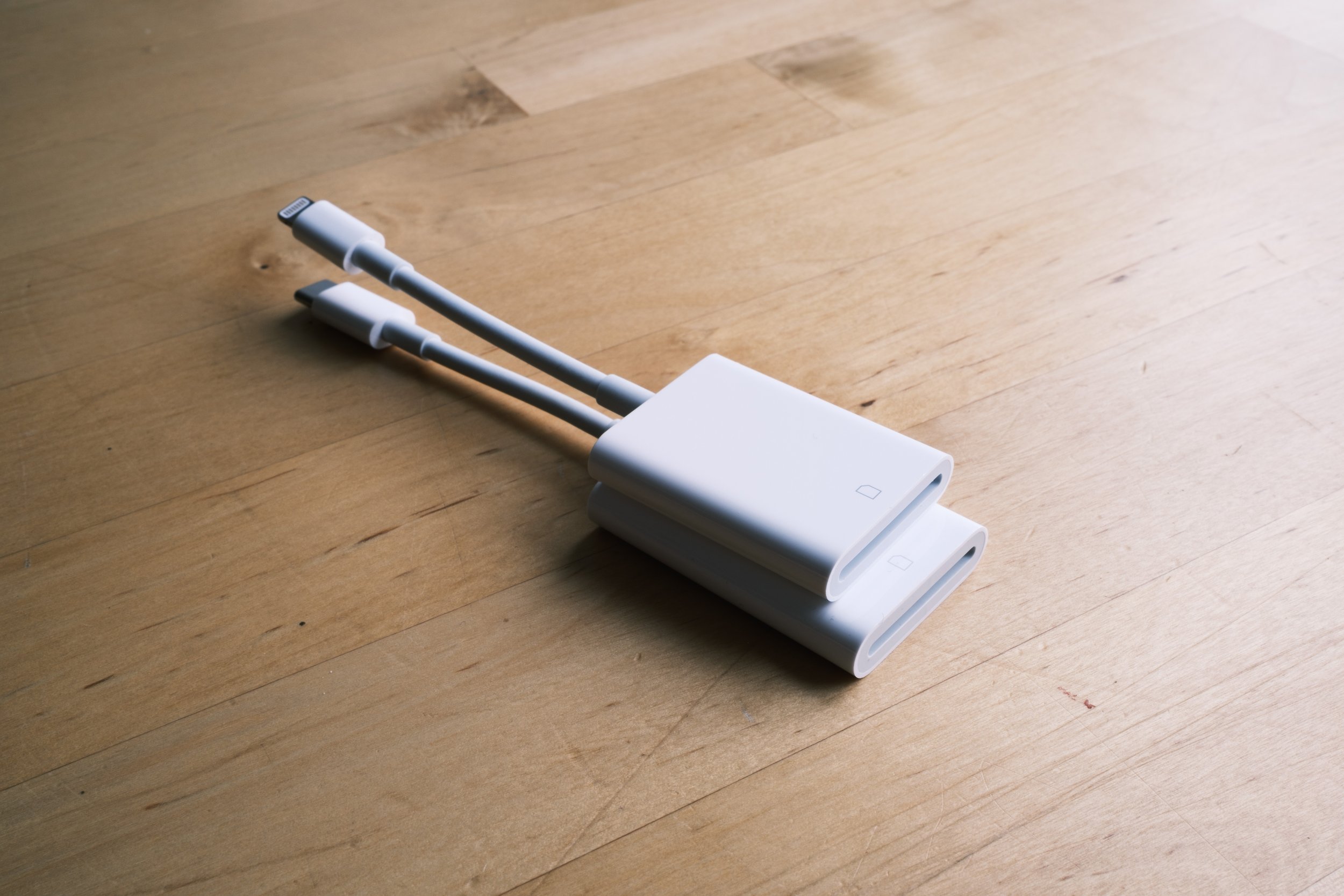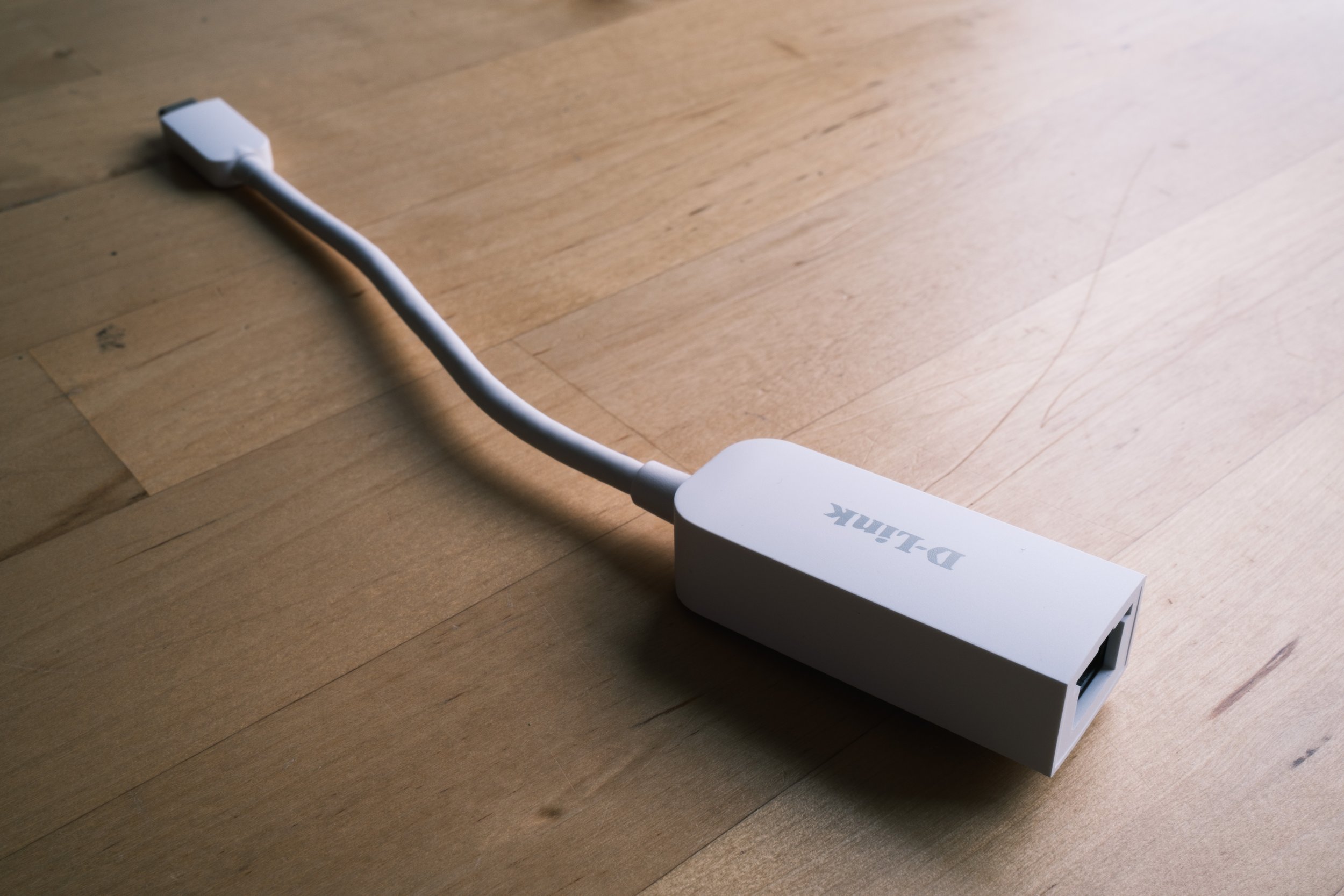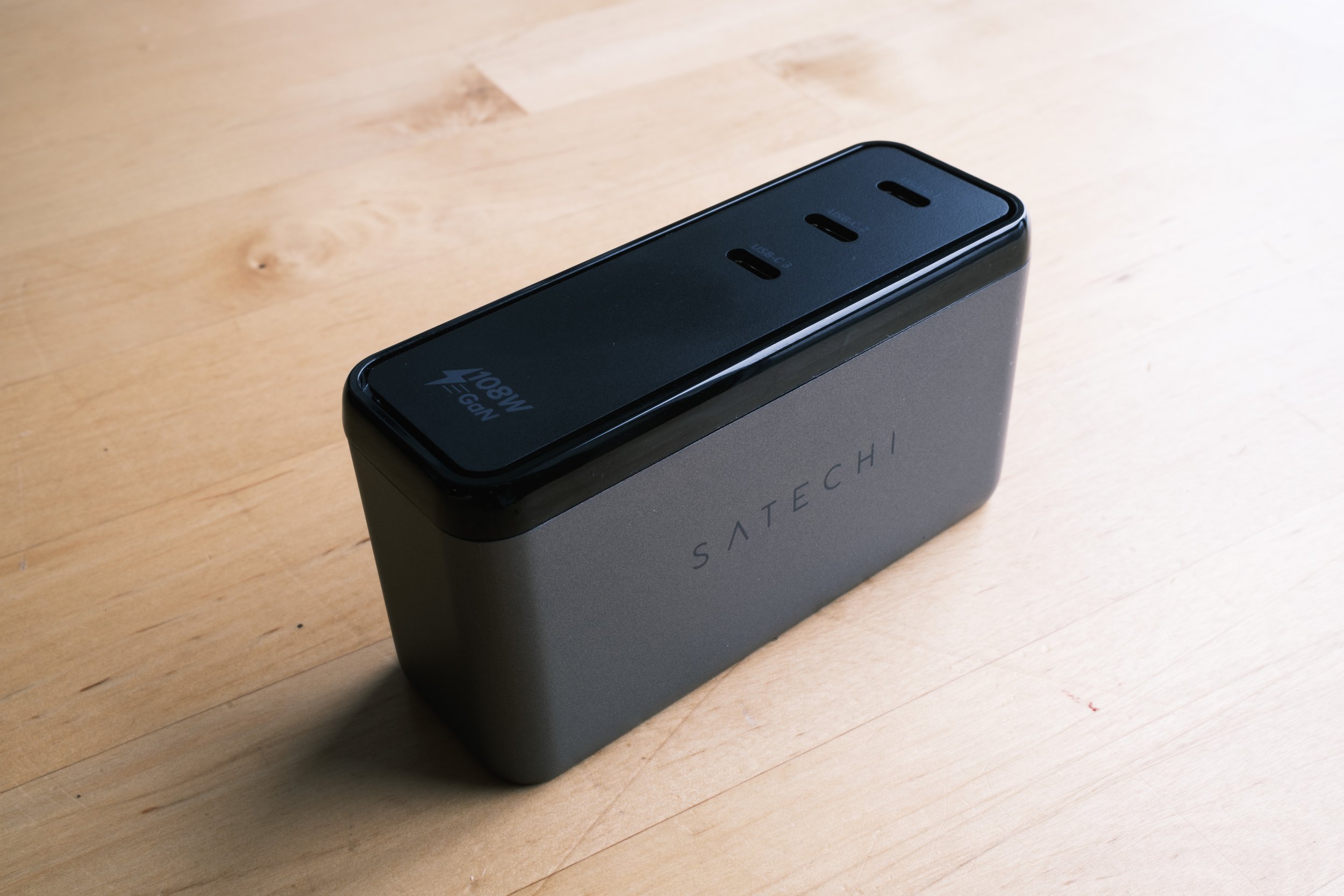2x Ministry of Supply Composite Merino Tees, Heathered Grey - 1 worn, 1 packed. Although these are only 15% merino they’re pretty anti-stink for me, and 2 was plenty for rotation over the few days we were away. Overall they’re durable due to the high poly content, dry quickly, and fit well. Great base layer.
Ministry of Supply Apollo Button Down, White - Packed. This was an awesome layering option and looked very smart on it’s own or with a pullover on top. Can be worn buttoned or unbuttoned over a tee.
Ministry of Supply Atlas Crew Neck Pullover, Grey - Worn. This was a great warm layer that has some visually interesting details on the shoulders. Mostly merino it provided a good bit of thermal regulation and worked great over a shirt or under a jacket.
Ministry of Supply Kinetic Joggers, Black - Packed. Stylish looking, great stretch, provided a slightly more formal option for dining at nicer spots. I really could have cut these in favor of the 5 pockets exclusively, but it was nice to switch up for a few spots.
Ministry of Supply Kinetic 5 Pocket Twill, Heathered Black - Worn. Basically a superlight alternative to five pocket jeans. Great stretch, love the waistband drawstring internally, and they fit really nicely after getting them further tapered. I find they have a bit of a blue hue to them, so I may favor my Lululemon ABC skinnies over them, but these look a lot more put together.
2x Smartwool No Show Socks, Black - Packed. Could have cut one of these. These are pretty standard, great fit, don’t see them over the shoe, and they’re fairly anti-stink.
Smartwool Crew Sock, Black - Worn. VIP. Really could have done just a second pair of these if I didn’t pack the joggers. I wore these most days and after hanging for the night they drop most of their smells.
4x Saxx Quest 2.0 Boxer Brief, 2 Grey 2 Black - 1 worn, 3 packed. I had enough space to change underwear everyday so I went for it. If I was travelling longer these dry quick after a sink wash and fit great, so 4 total is plenty for indefinite travel.
2x Uniqlo Airism Boxers, Black - Packed. I could have dropped one of these. They’re my preferred sleep boxers when travelling as they weigh nothing, take up no space, and dry incredibly quickly. Being used exclusively for sleep I find I can get a few nights out of a pair.
Uniqlo Ultralight Down Jacket, Black - Packed. Reliable layering option, packs into a pocket inside it, and is very warm for it’s size. Perfect for the weather we had while in Halifax.
Patagonia Torrentshell 3L, Black - Packed. We didn’t expect any rain, but this is a reliable windbreaker and due to it’s waterproofing makes for a great layer in which to further insulate. Worn at Peggy’s Cove, but otherwise packed.
Ponto The Pacific Shoe, Black - Worn. Hybrid between a sneaker and a dress shoe. They were probably just a bit too dressy for the whole trip, but they wore well, walked well, and looked very sharp paired with the joggers or the 5 pocket pants. I’d probably replace these with something a hair more casual like an Ecco street tray shoe or the likes if I was to do the trip again. Didn’t have an opportunity to test the water resistance.
My toiletries haven’t changed much since last time, I’m still using a Matador Flatpak waterproof toiletry case with the roll top. Inside it I packed a few different things though.
